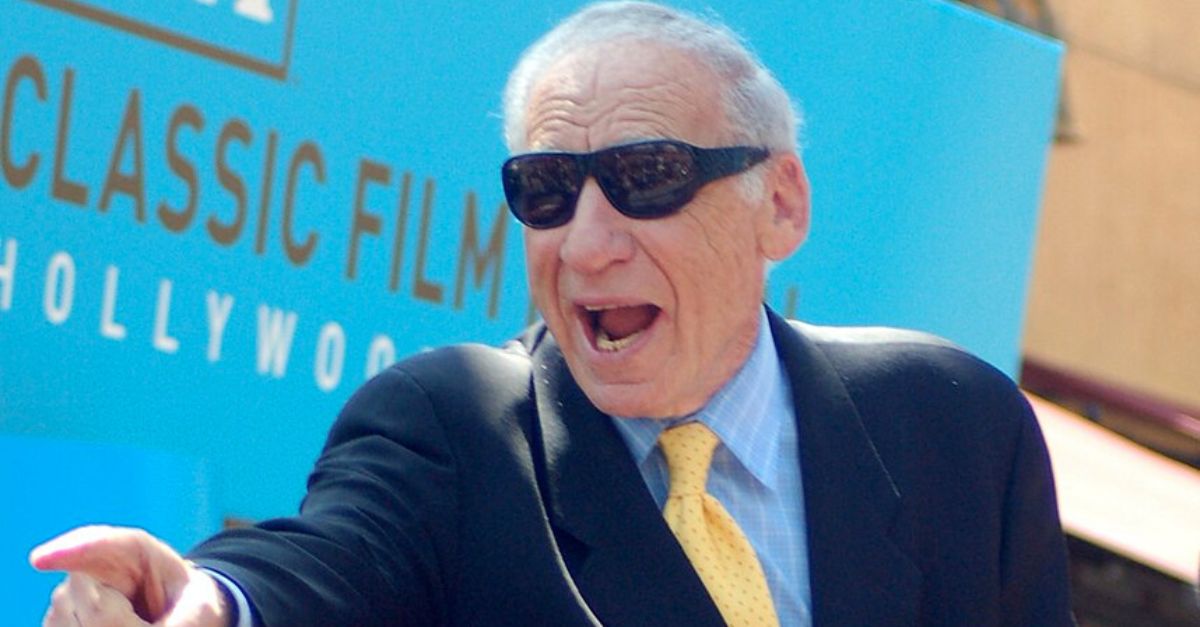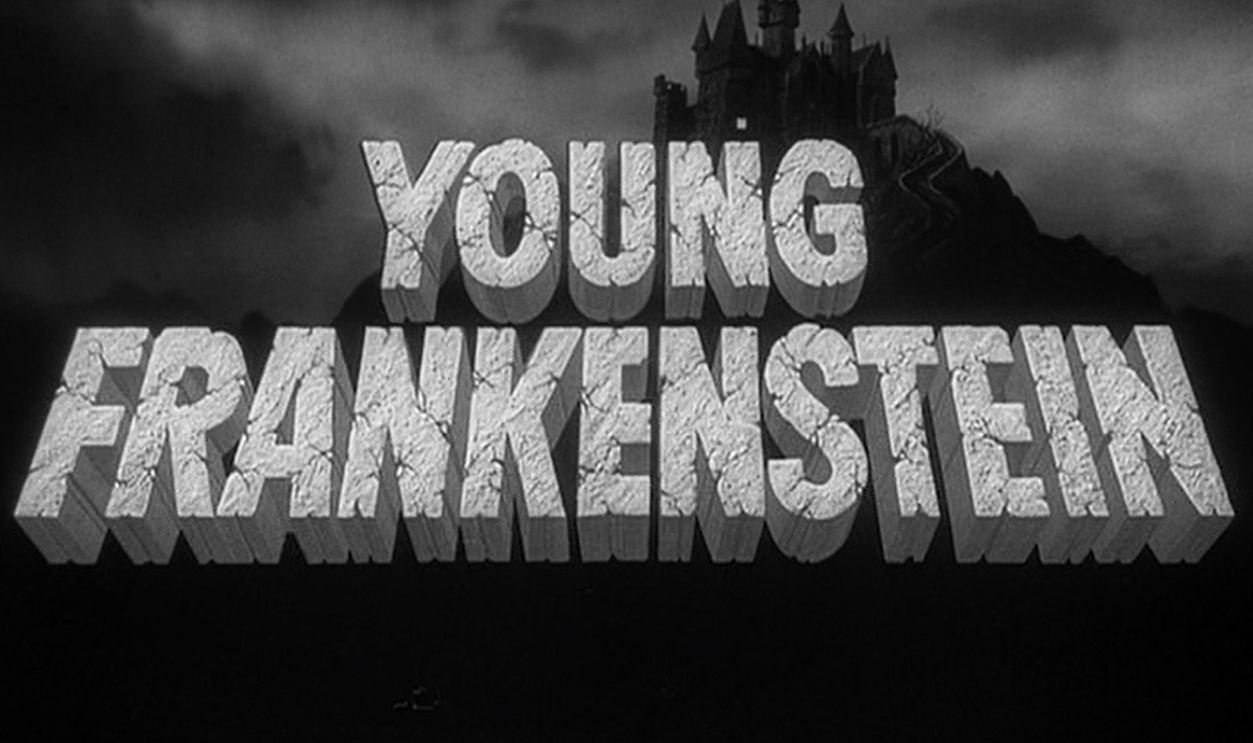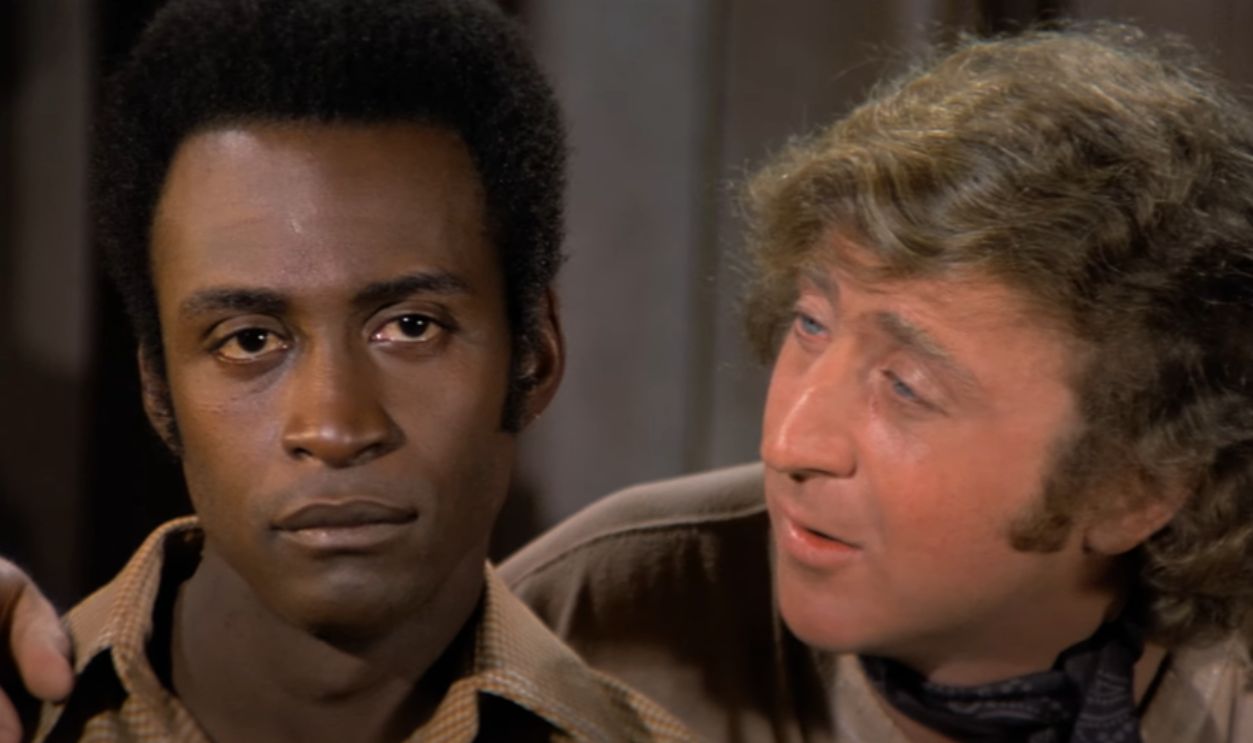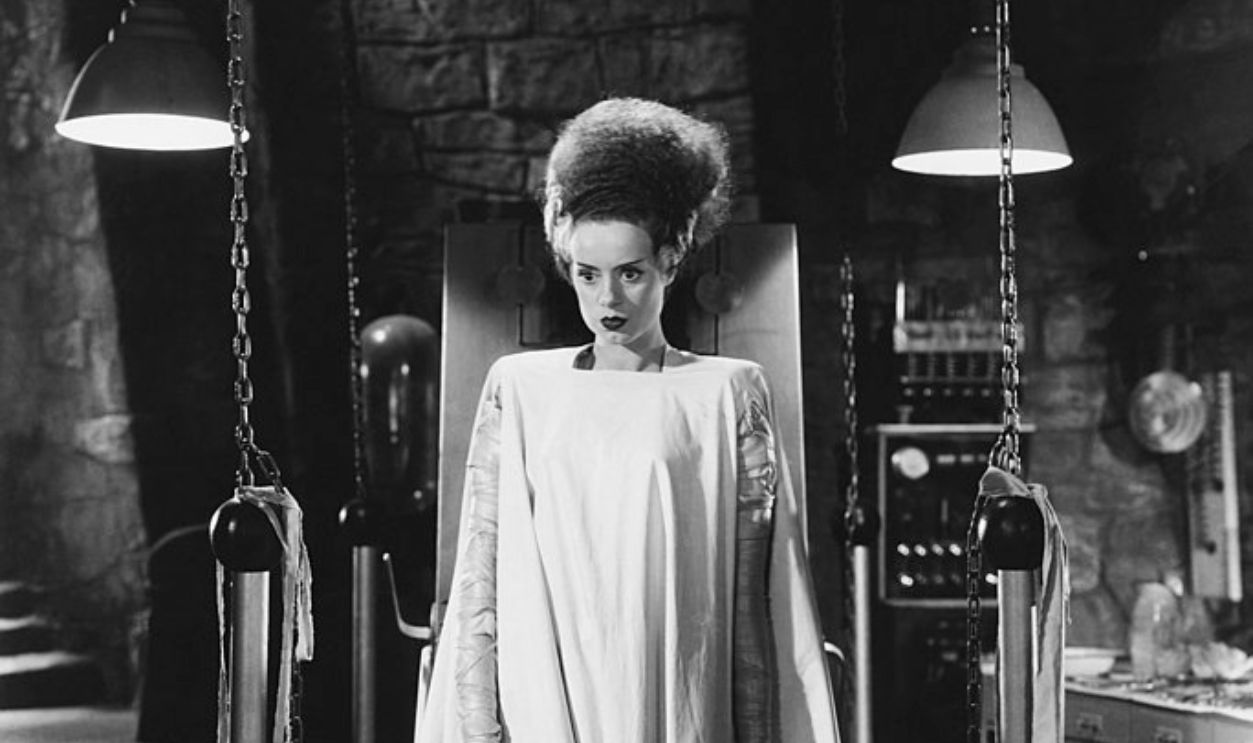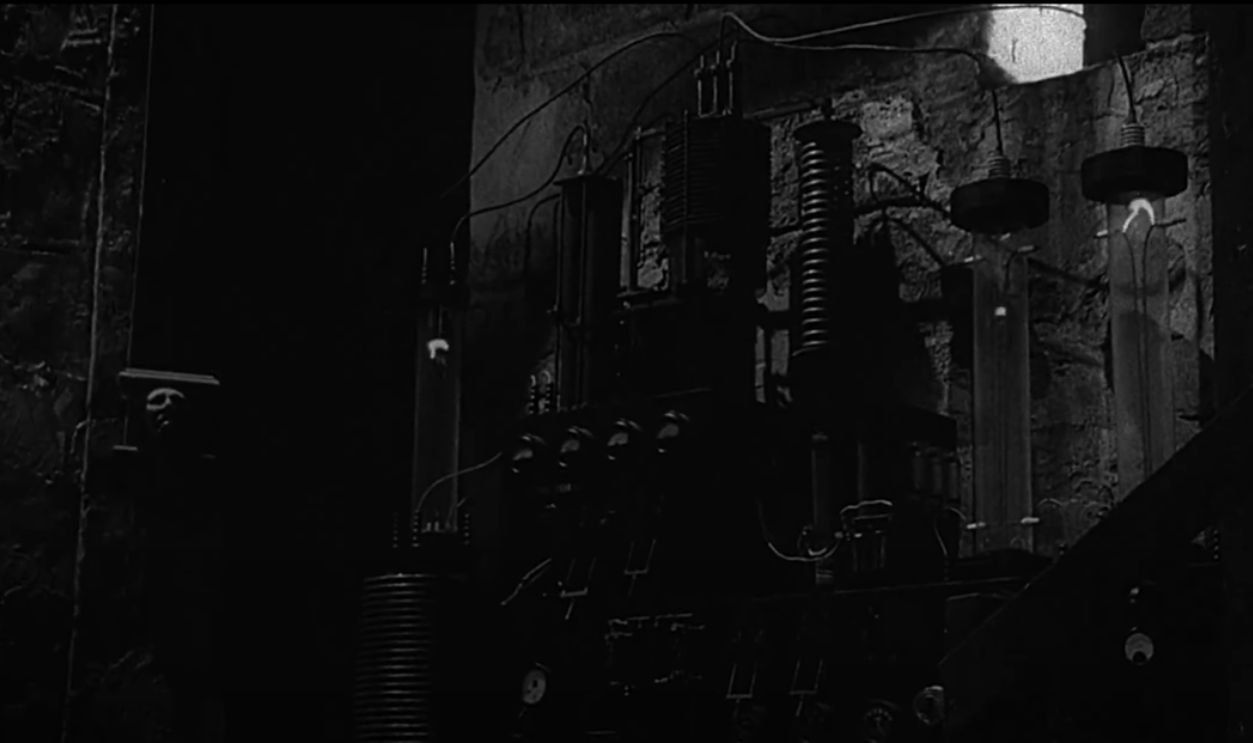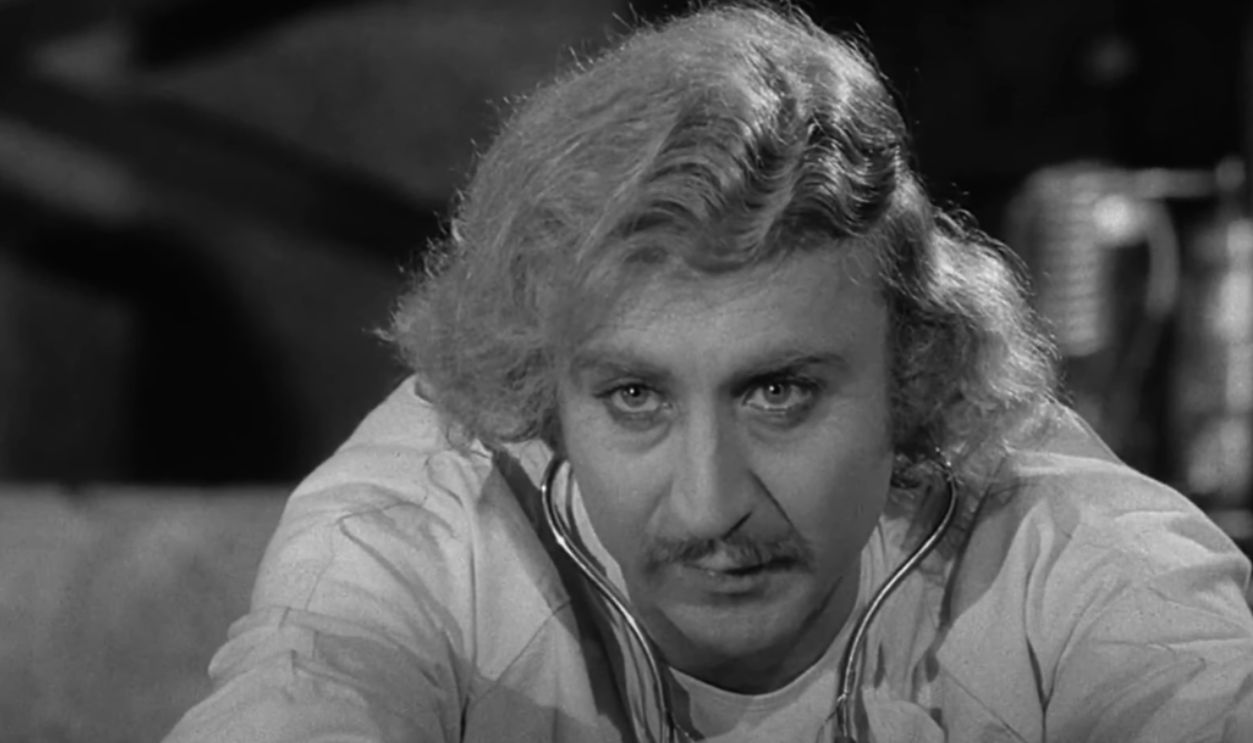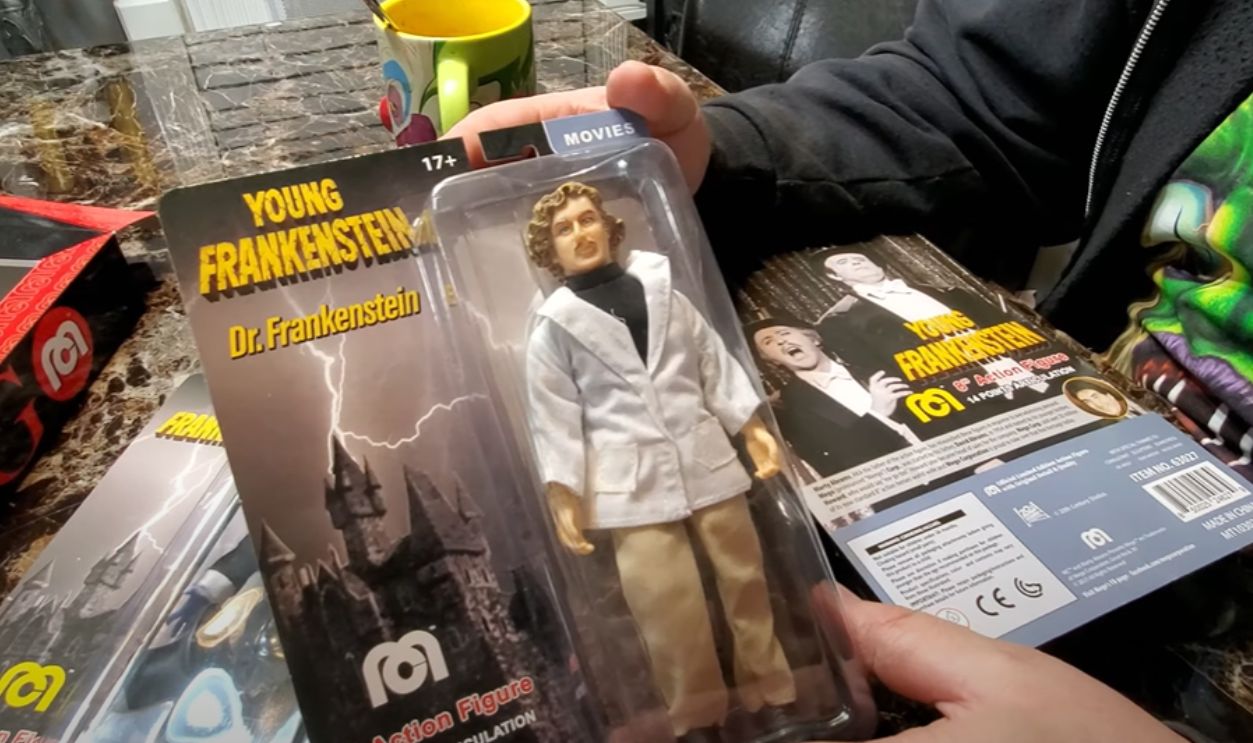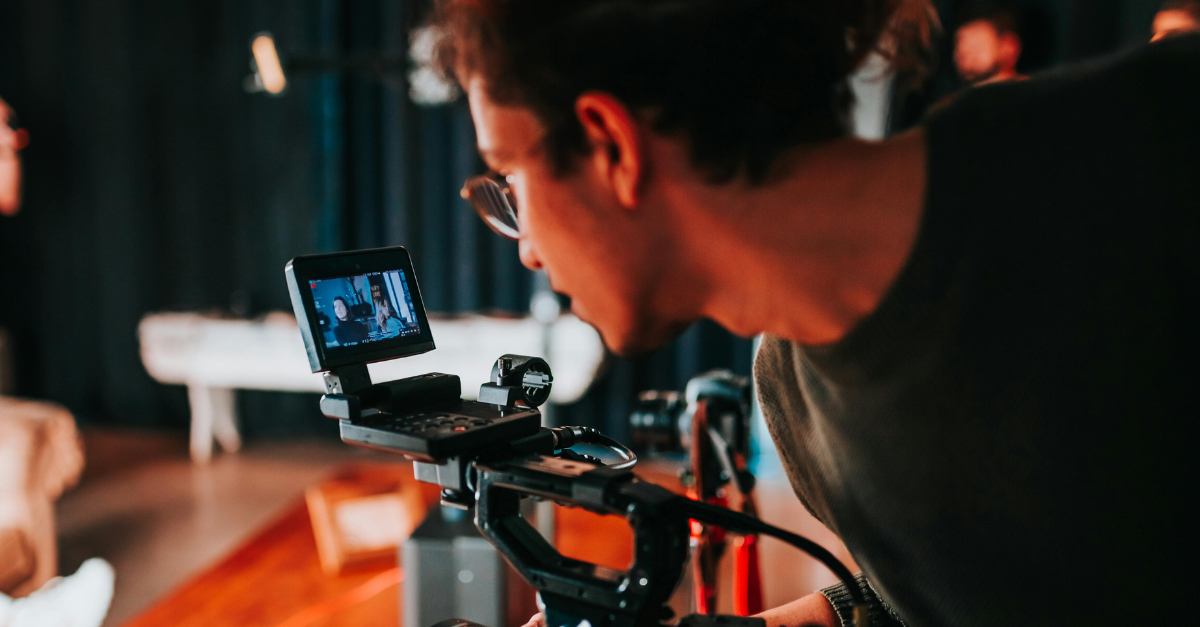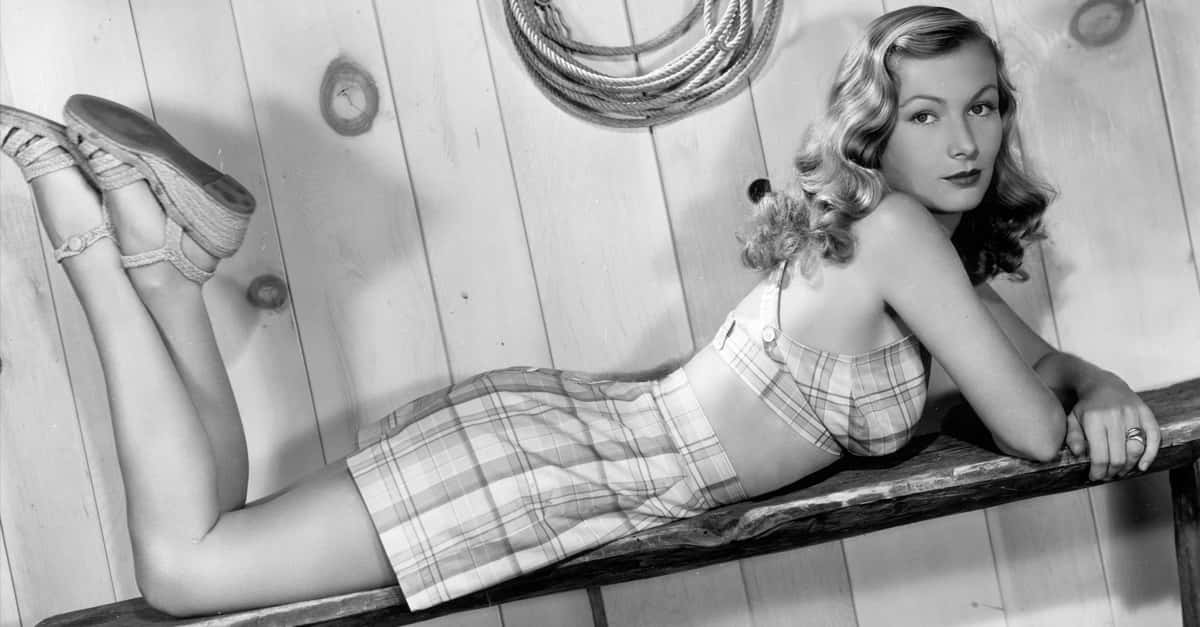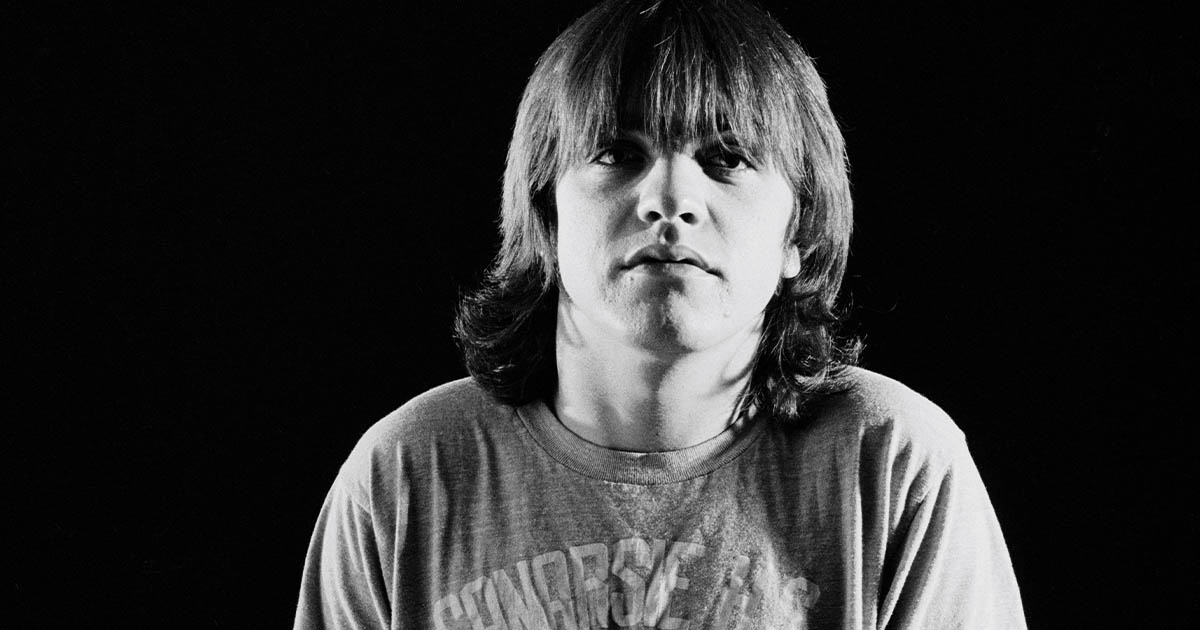Horror Highlights
This movie has undoubtedly made its place as a timeless classic in American cinema. And, just like any other horror-comedy, this one has intriguing inside stories. Do you know what went into the making of this “monster-piece”?
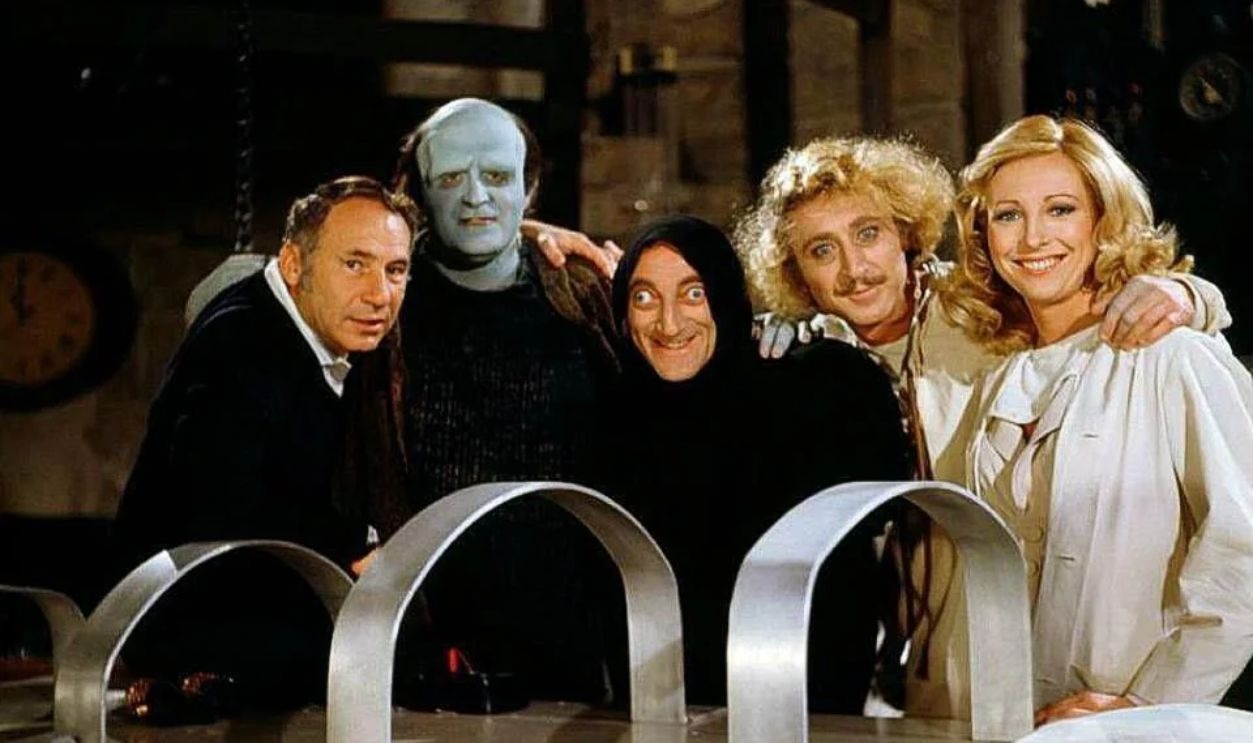
How Did The Initial Conversation About Young Frankenstein Come Up?
Apparently, the idea for Young Frankenstein came up during a chat between Mel Brooks and Gene Wilder while they were filming Blazing Saddles. Over coffee, Wilder tossed out the idea of a movie about Dr. Frankenstein’s grandson.
What Were Wilder's First Steps In Developing The Screenplay?
The grandson is kind of embarrassed about his family’s background. This obviously got Brooks excited, and they started working on the screenplay together. Initially, Wilder jotted down “Young Frankenstein” on a legal pad and started coming up with ideas for the same.
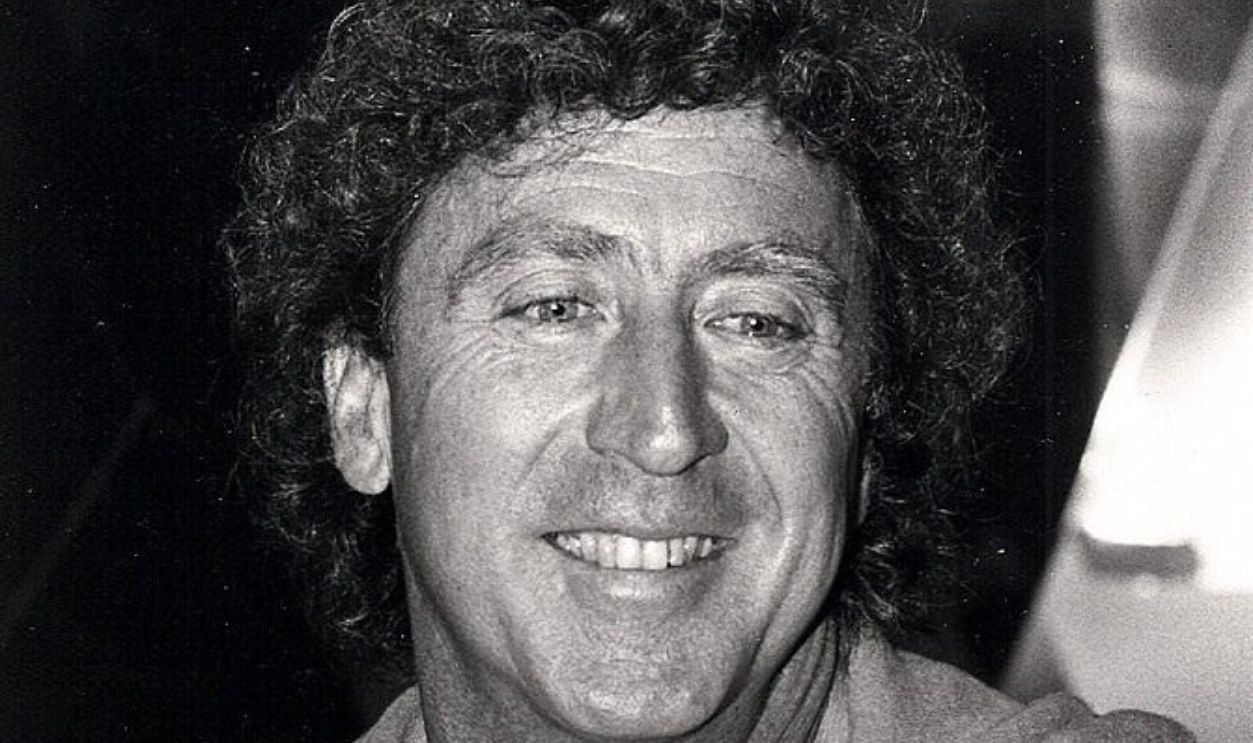 Towpilot, CC BY-SA 3.0, Wikimedia Commons
Towpilot, CC BY-SA 3.0, Wikimedia Commons
What Made 1974 A Remarkable Year For Mel Brooks?
In 1974, Mel Brooks had a super busy and successful year in film, dropping both Blazing Saddles and Young Frankenstein in quick succession. Both films were not only commercially successful but also received multiple Oscar nominations.
How Successful Were Brooks' 1974 Releases At The Box Office?
They ranked as the second and third highest-grossing films of 1974. The success of Blazing Saddles opened the door for Brooks to team up more with Gene Wilder. Wilder helped write the script for Young Frankenstein, which came about from their chats while making Blazing Saddles.
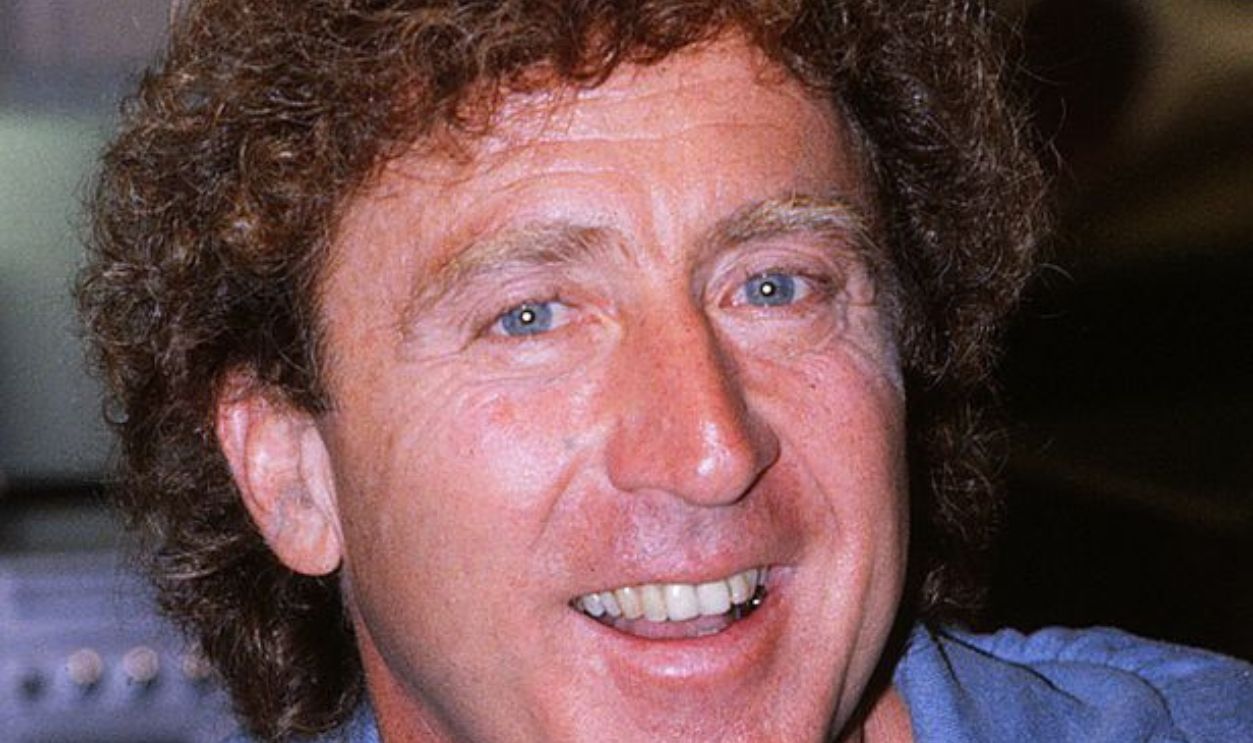 Towpilot, CC BY-SA 3.0, Wikimedia Commons
Towpilot, CC BY-SA 3.0, Wikimedia Commons
Why Did Brooks Insist On Filming In Black And White?
A brave and unusual decision for a 1974 production, Young Frankenstein was shot in black and white to resemble the vintage Universal horror movies. Basically, Mel Brooks aimed to hold the visual style of the original Universal Monster movies from the 1930s.
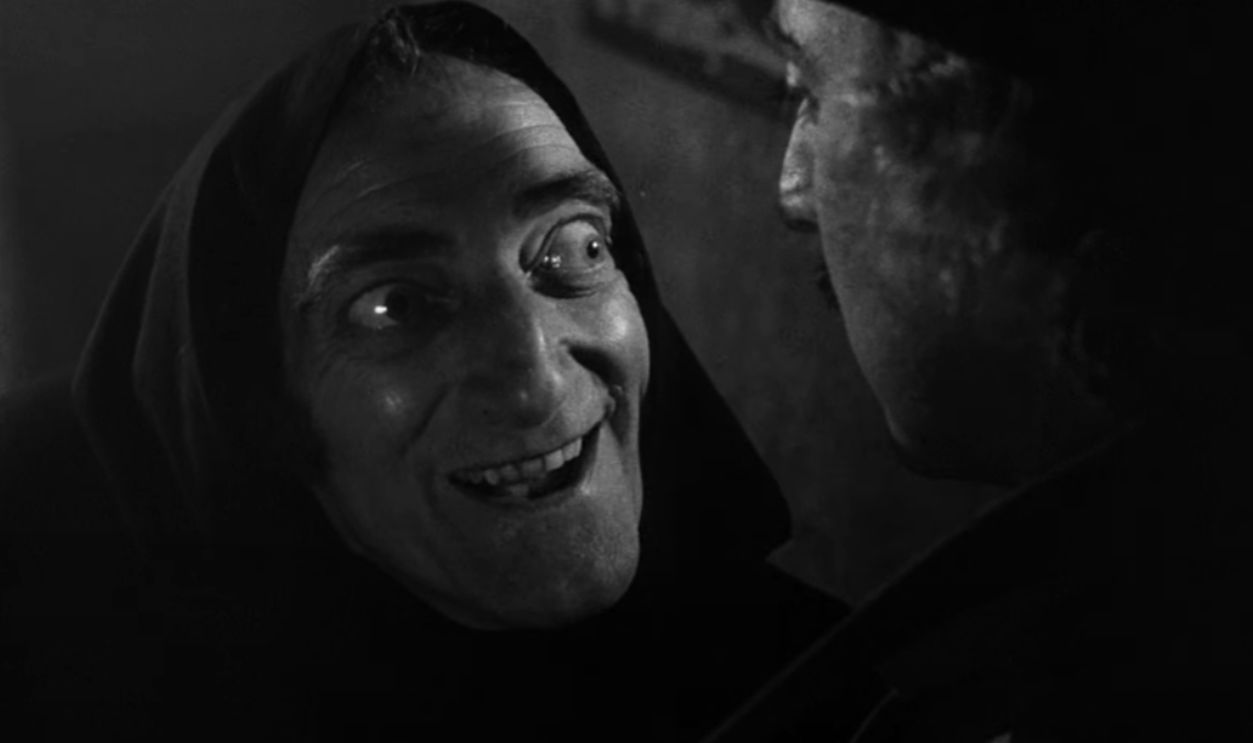 Young Frankenstein (1974) Original Trailer [FHD] by HD Retro Trailers
Young Frankenstein (1974) Original Trailer [FHD] by HD Retro Trailers
Which Black-And-White Films Did Brooks Refer To?
Brooks specifically referred to films like Frankenstein (1931) and Bride of Frankenstein (1935). Even though it wasn’t a supported decision, to achieve this, he made use of vintage-style opening credits and high-contrast black-and-white cinematography. So, we got a comedic and eerie atmosphere.
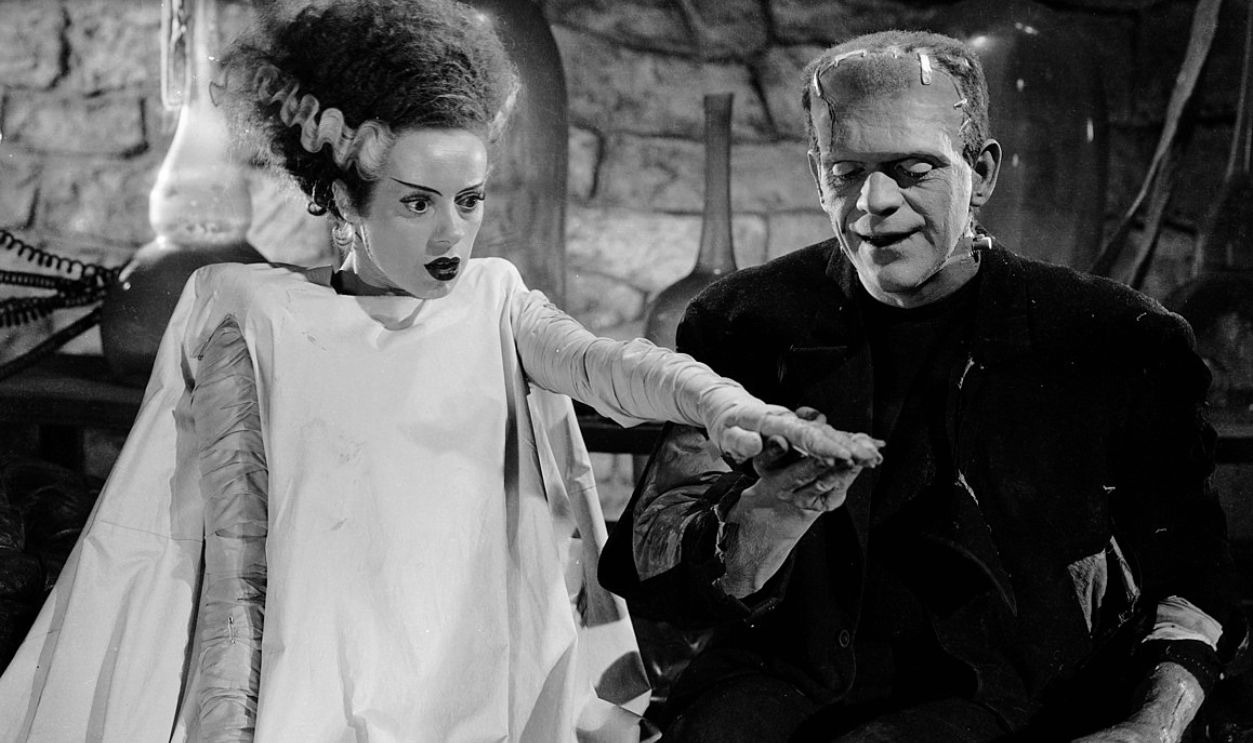 Universal Pictures, Wikimedia Commons
Universal Pictures, Wikimedia Commons
What Challenge Did Brooks Face From The Studio Regarding His Color Choice?
At first, the studio really pushed back on the idea of shooting in black and white. You see, by the 1970s, color films had taken over, and the producers were worried about how well such films would do at the box office. But Brooks stood his ground.
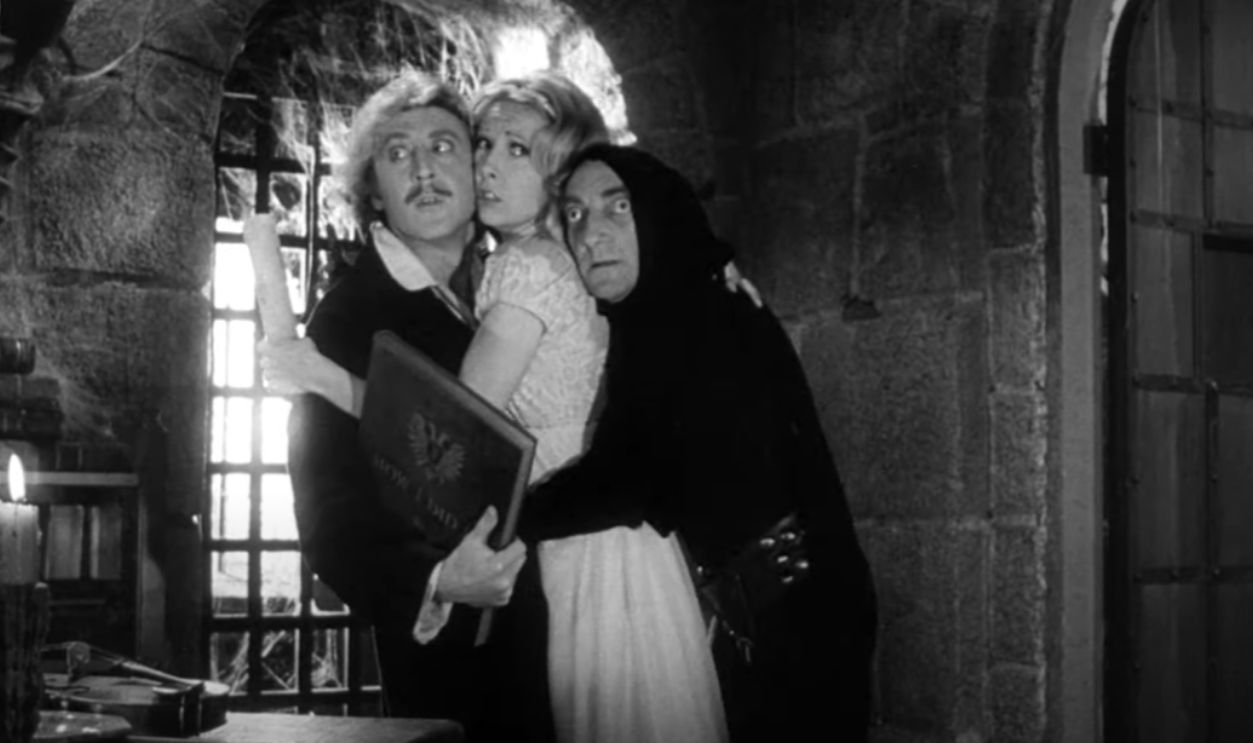 Young Frankenstein (1974) Original Trailer [FHD] by HD Retro Trailers
Young Frankenstein (1974) Original Trailer [FHD] by HD Retro Trailers
What Unique Perspective Did Gene Wilder Bring To The Monster's Story?
Wilder had his own idea for Young Frankenstein. He wanted it to end on a happy note, and he got the idea to put his spin on the Frankenstein story after catching something on TV one night. He imagined a storyline where the Monster could actually be accepted.
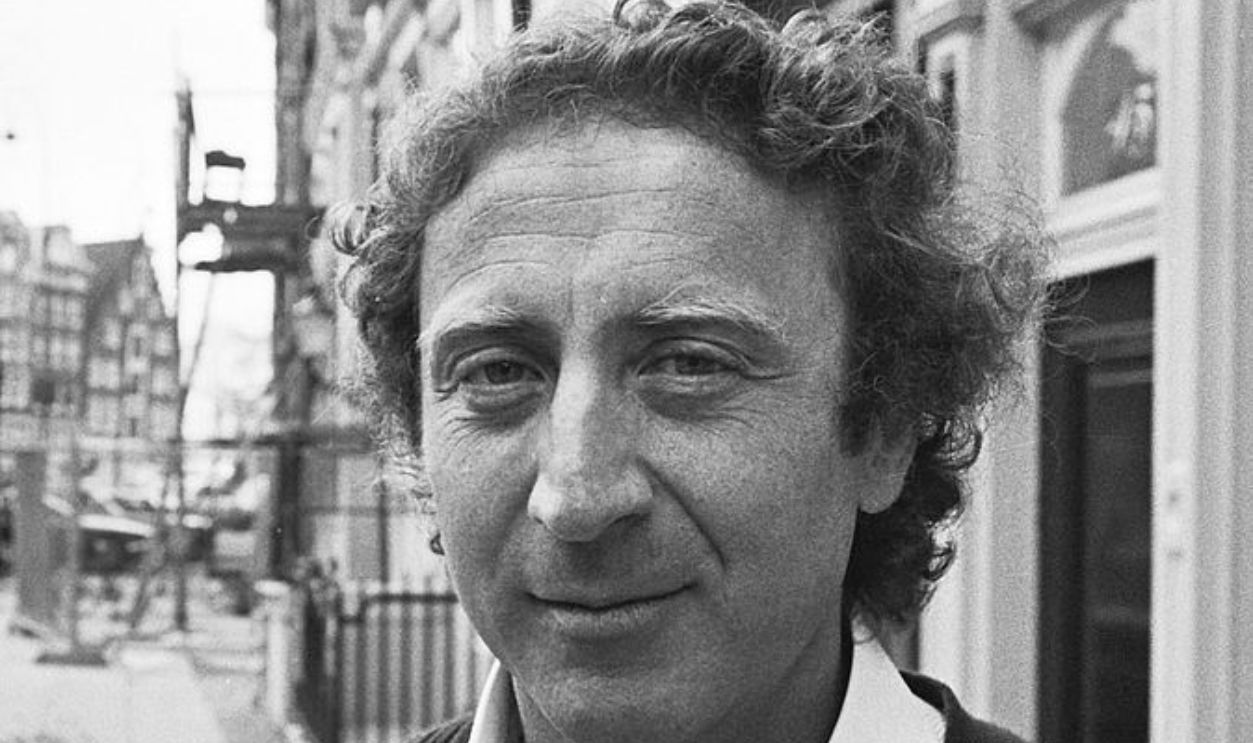 Hans Peters, CC BY-SA 3.0 NL, Wikimedia Commons
Hans Peters, CC BY-SA 3.0 NL, Wikimedia Commons
How Did Wilder's Vision Revolutionize The Traditional Frankenstein-Monster Relationship?
Hence, finding some happiness instead of the usual sad endings that you see in other adaptations. Hence, Wilder’s approach highlighted how Dr. Frederick Frankenstein interacts with his creation, making it feel more like a father-son bond instead of just a master and monster situation.
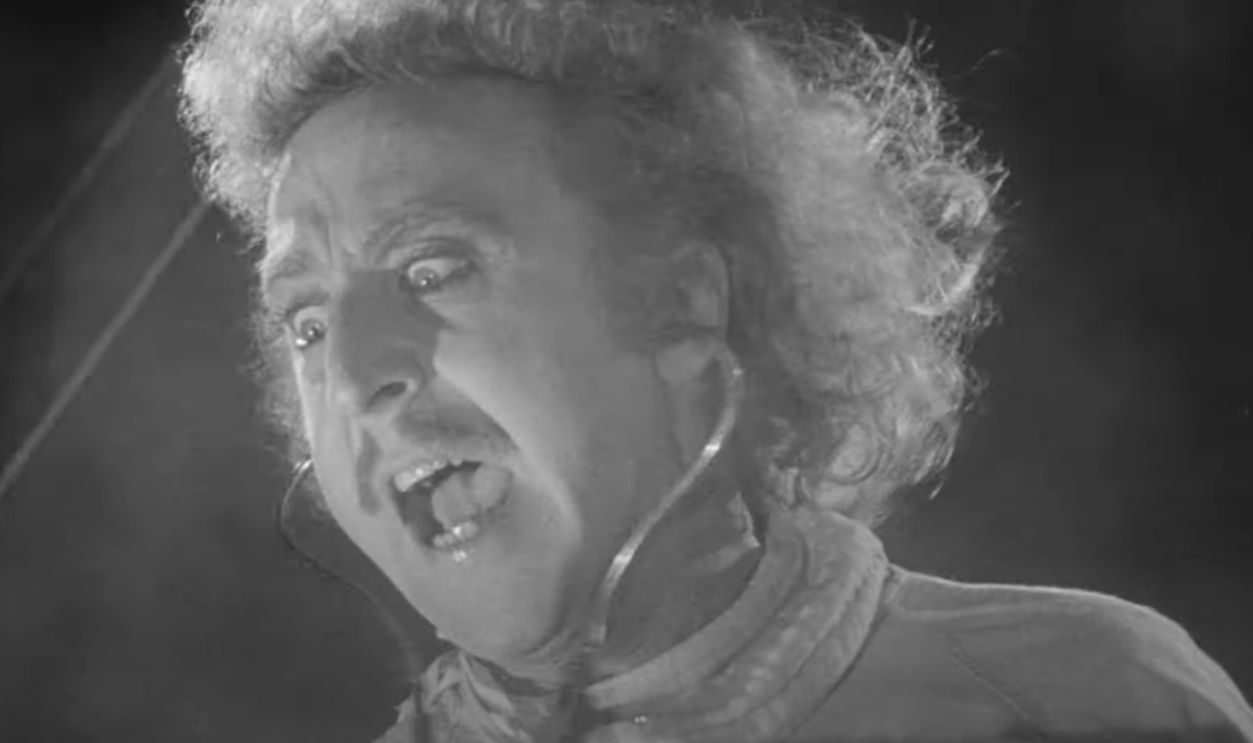 Young Frankenstein (1974) Original Trailer [FHD] by HD Retro Trailers
Young Frankenstein (1974) Original Trailer [FHD] by HD Retro Trailers
How Does The Film's Ending Reflect Wilder's Vision?
This is evident in scenes where Frederick shows genuine care for the Monster, treating him as a child he wants to nurture and guide. By the film’s conclusion, both find love and acceptance, with Frederick marrying Inga and the Monster forming a bond with Elizabeth.
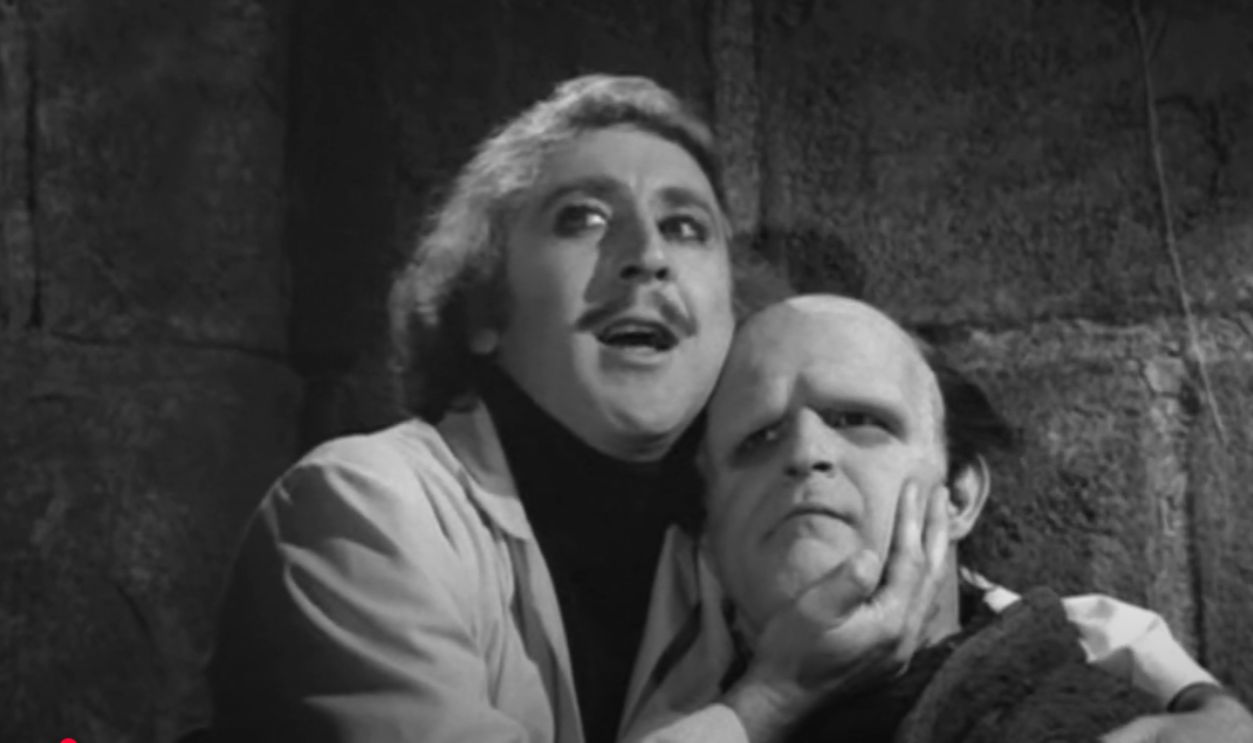 My name is Frankenstein - Young Frankenstein by Gorash
My name is Frankenstein - Young Frankenstein by Gorash
What's The Story Behind The Horses' Reaction To Frau Blücher?
Cloris Leachman’s character, Frau Blücher, in Young Frankenstein, is famous for her funny name, which makes horses whiny every time someone says it. This joke is a funny part of the movie that pokes fun at a classic film cliché where creepy music plays when a villain enters.
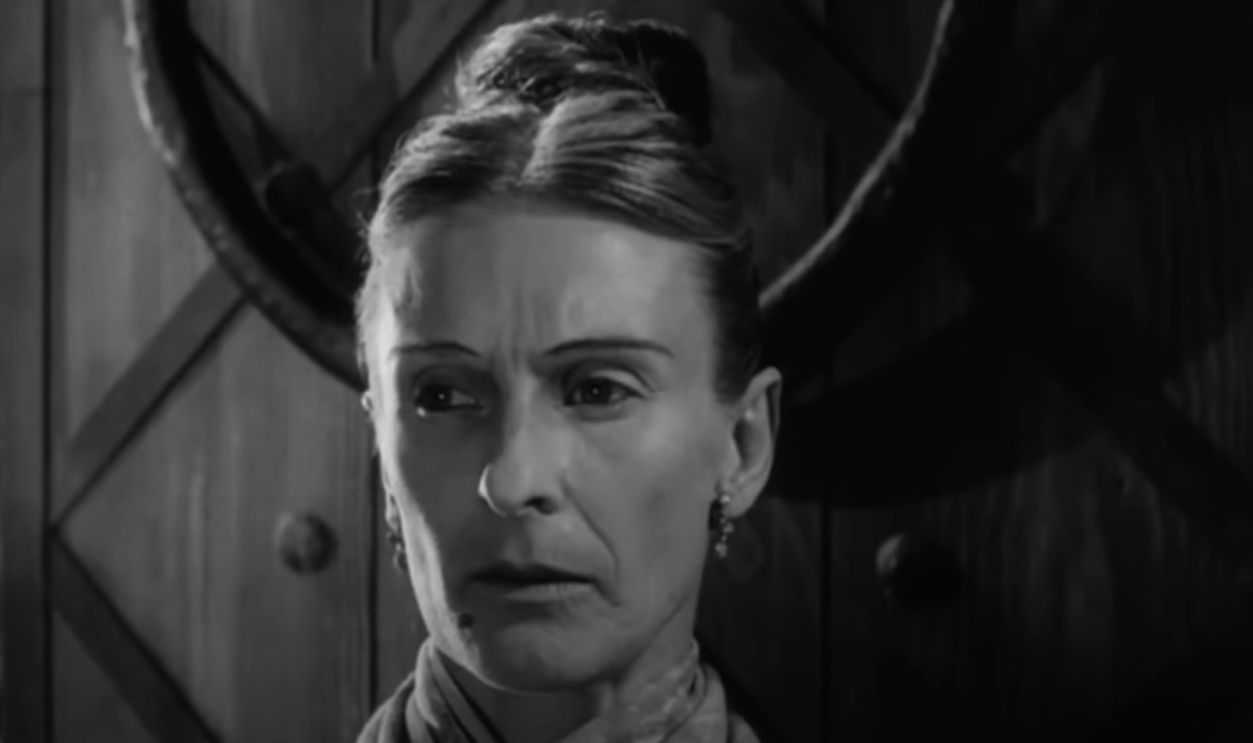 YOUNG FRANKENSTEIN Frau Blücher Clip (1974) by JoBlo Movie Clips
YOUNG FRANKENSTEIN Frau Blücher Clip (1974) by JoBlo Movie Clips
What's The Real Meaning Behind The Horses' Reaction To Frau Blücher?
The whinnying horses are intended to humorously imply that Frau Blücher is so frightening that even animals react negatively to her presence. Also, the name “Blücher” does not actually mean “glue” in German, as some myths suggest. It is a surname without any meaning in the language.
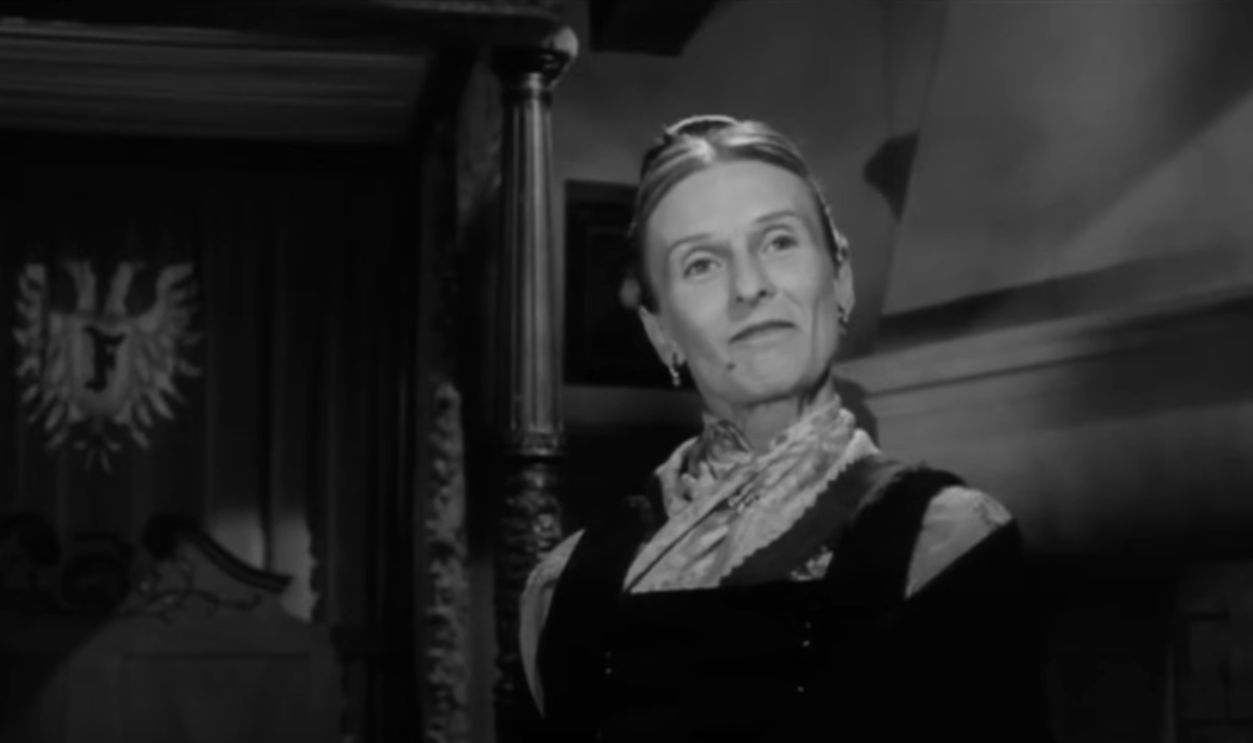 YOUNG FRANKENSTEIN Frau Blücher Clip (1974) by JoBlo Movie Clips
YOUNG FRANKENSTEIN Frau Blücher Clip (1974) by JoBlo Movie Clips
Who Was Responsible For The Film's Iconic Costumes?
Dorothy Jeakins, an esteemed costume designer, was responsible for the costumes in this film. Jeakins had an illustrious career, winning three Academy Awards for her costume designs in Joan of Arc (1948), Samson and Delilah (1949), and The Night of the Iguana (1964).
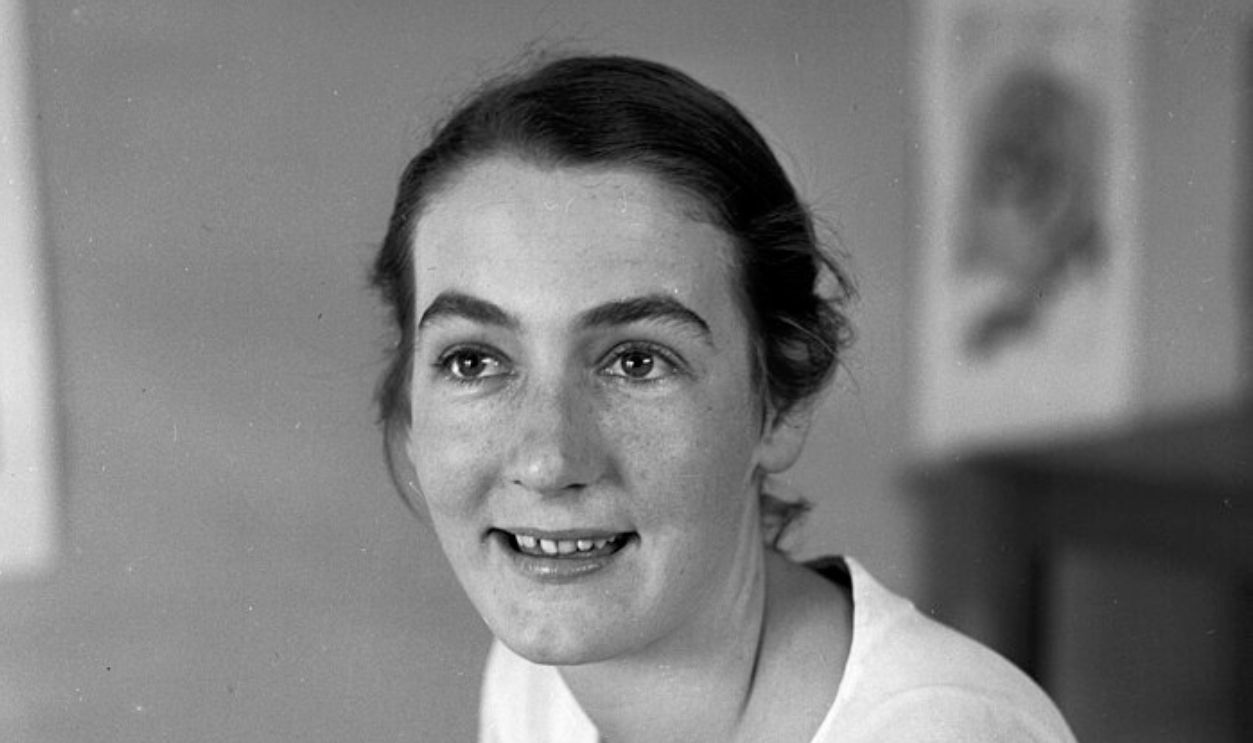 Los Angeles Times, CC BY 4.0, Wikimedia Commons
Los Angeles Times, CC BY 4.0, Wikimedia Commons
What Safety Measures Did Peter Boyle Take During The Blind Man Scene?
In the movie, Peter Boyle’s preparation for the famous blind man scene involved wearing a protective cup to avoid burns from hot soup. This scene, where Gene Hackman plays the blind man who befriends the Monster, is a comedic homage to similar encounters in classic horror films.
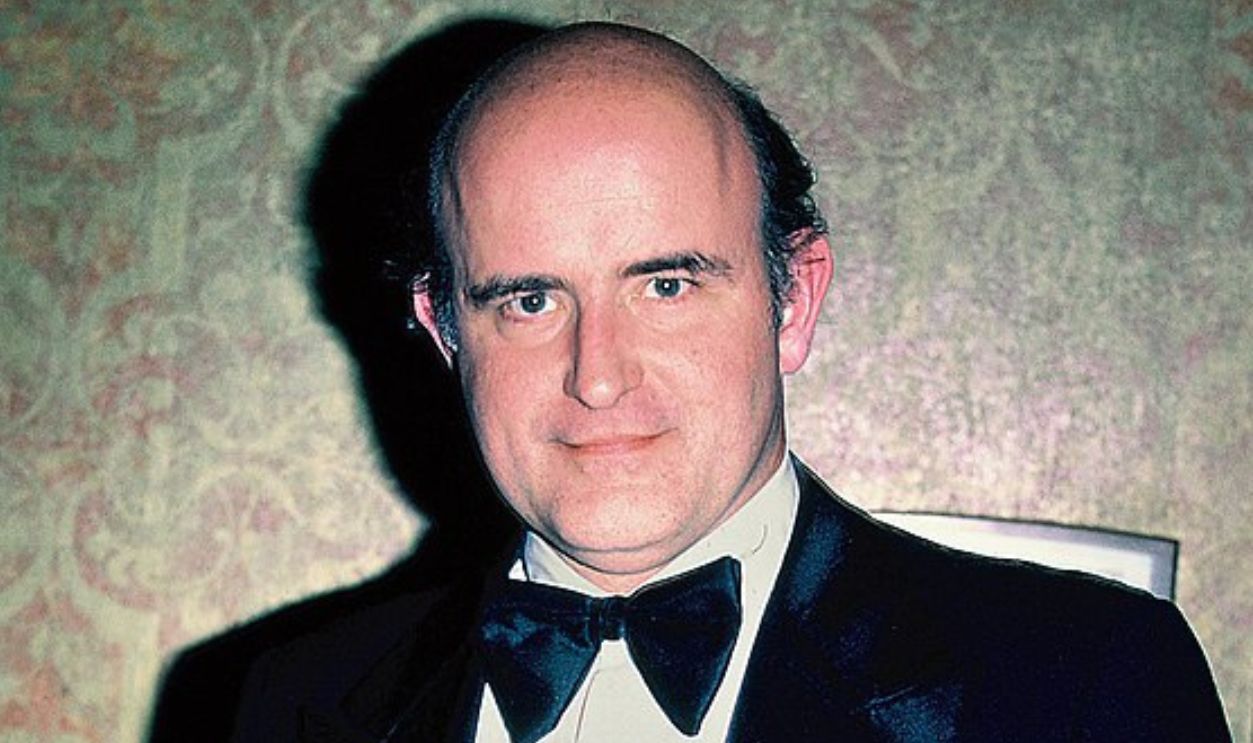 Alan Light, CC BY 2.0, Wikimedia Commons
Alan Light, CC BY 2.0, Wikimedia Commons
What Other Frankenstein Film Was Released In 1974?
The year 1974 saw two distinct Frankenstein films: Young Frankenstein, the comedic parody directed by Mel Brooks, and Frankenstein and the Monster From Hell, a British Hammer horror film. The latter starred Peter Cushing and David Prowse (Darth Vader in Star Wars).
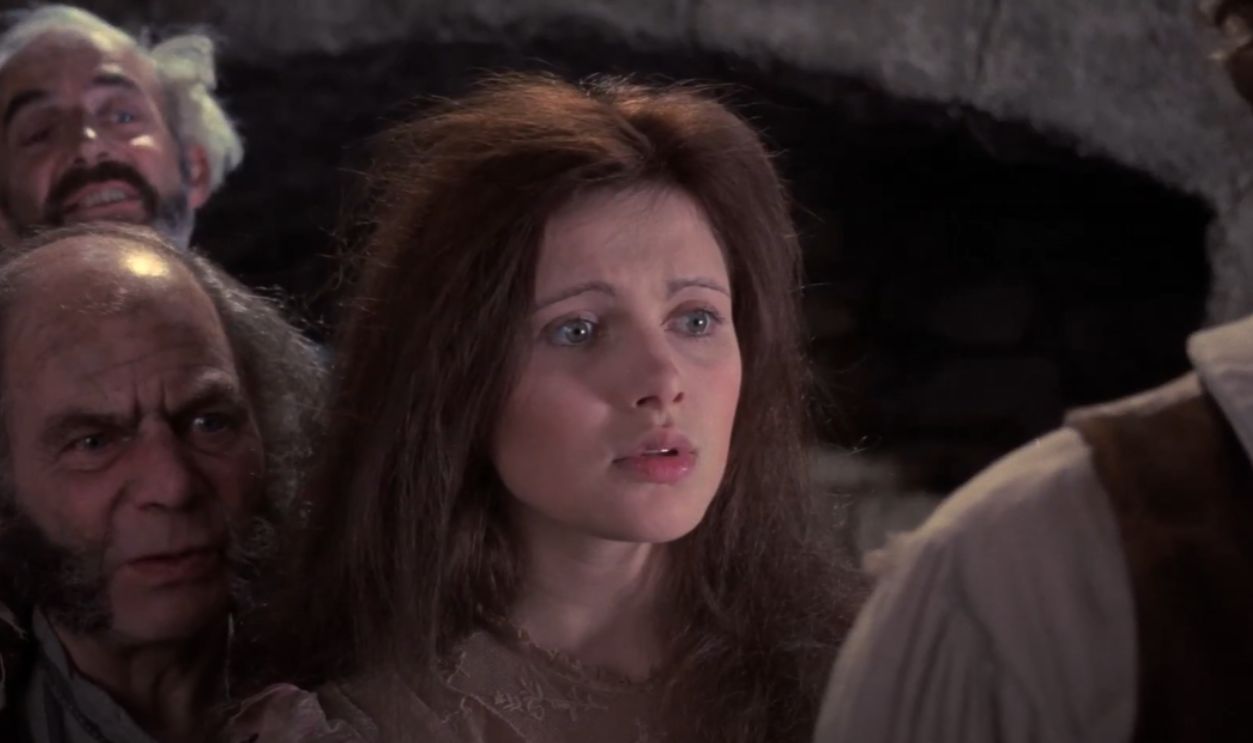 Frankenstein and the Monster From Hell / Welcome To The Mad House (Official Clip) by Hammer
Frankenstein and the Monster From Hell / Welcome To The Mad House (Official Clip) by Hammer
How Did The Frankenstein Films Differ In Their Approach To The Source Material?
While Young Frankenstein took a comedic approach to the Frankenstein mythology, the Hammer film remained true to the traditional horror genre. The audience was served two very different interpretations of Mary Shelley’s classic story in the same year.
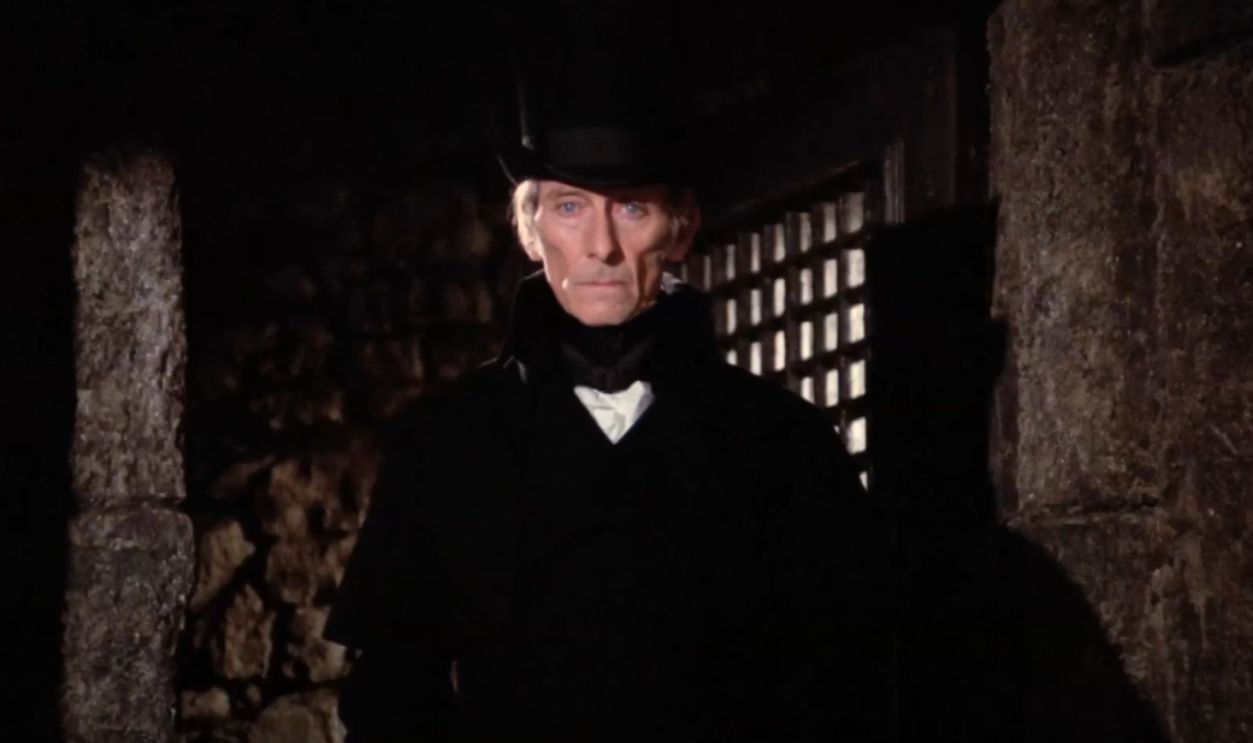 Frankenstein and the Monster From Hell / Welcome To The Mad House (Official Clip) by Hammer
Frankenstein and the Monster From Hell / Welcome To The Mad House (Official Clip) by Hammer
Who Makes A Cameo Appearance In The Film?
Hackman shows up in just one scene that’s around four minutes long, but his performance sticks with you. He interacts with the Monster, and their exchange is full of humor and warmth, a nice change from the Monster's earlier experiences of fear and rejection.
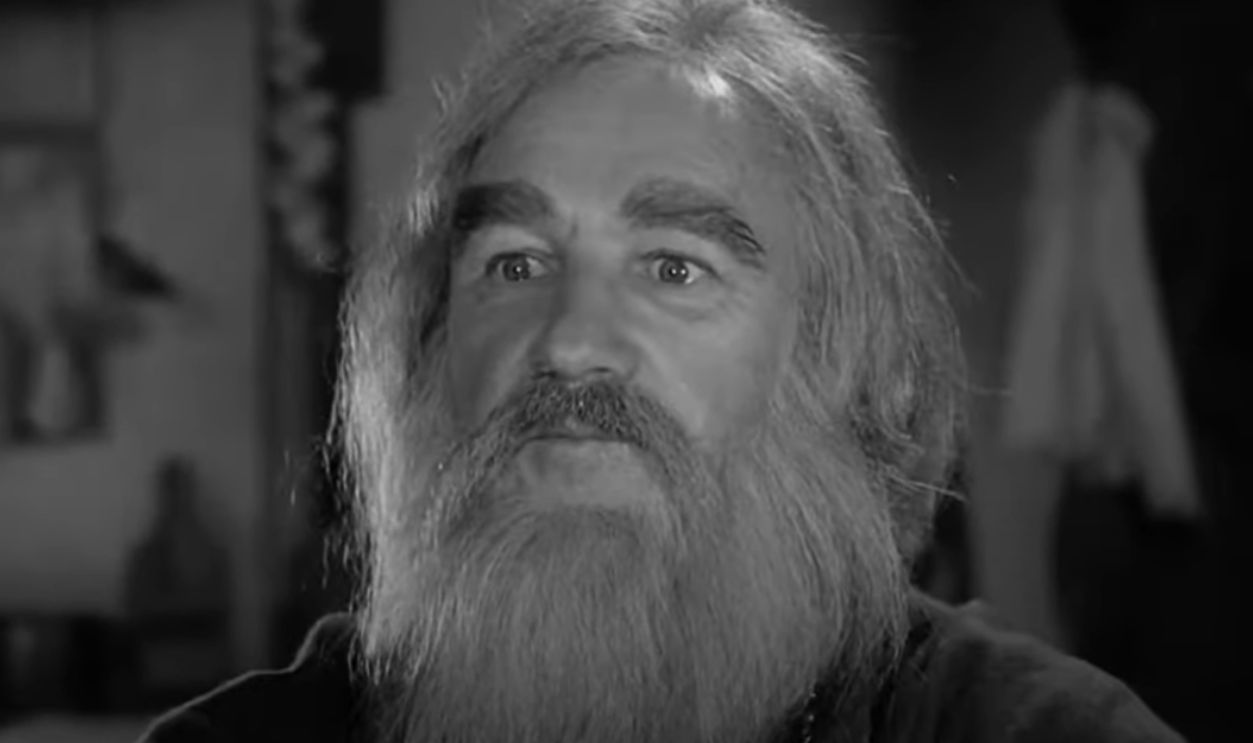 🔥 Remembering GENE HACKMAN in YOUNG FRANKENSTEIN (1974) Dir. Mel Brooks by Darwin Pictures
🔥 Remembering GENE HACKMAN in YOUNG FRANKENSTEIN (1974) Dir. Mel Brooks by Darwin Pictures
What Famous Running Gag Came From Marty Feldman's Practical Joke?
Many lines were improvised in here, particularly by Marty Feldman, who played Igor. One of the most famous running gags in the film is Igor’s hump, which moves from side to side throughout. Feldman originally began this as a practical joke, subtly shifting the hump between takes.
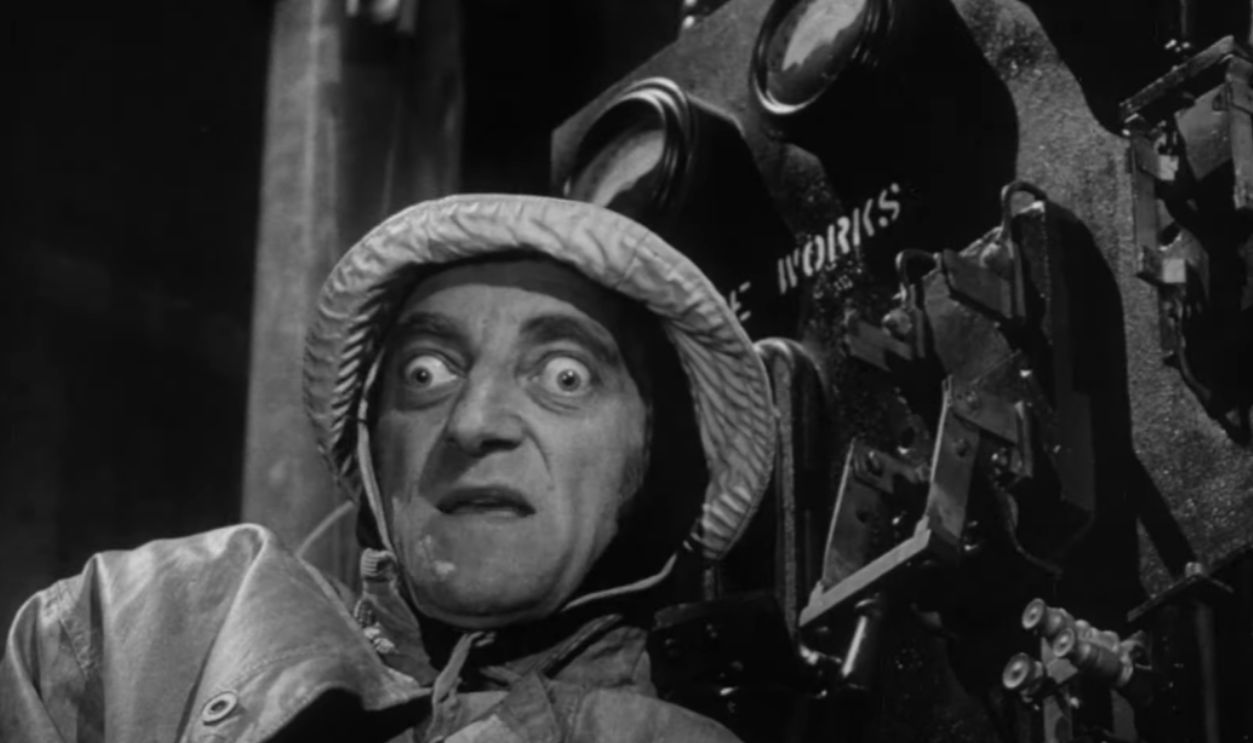 Young Frankenstein (1974) Original Trailer [FHD] by HD Retro Trailers
Young Frankenstein (1974) Original Trailer [FHD] by HD Retro Trailers
What Famous Running Gag Came From Marty Feldman's Practical Joke? (Cont.)
The crew eventually caught on, and Mel Brooks thought it would be funny to work it into the script. That’s how we ended up with the classic moment when Frederick asks, “Didn’t you used to have that on the other side”? and Igor replies with, “What hump”?
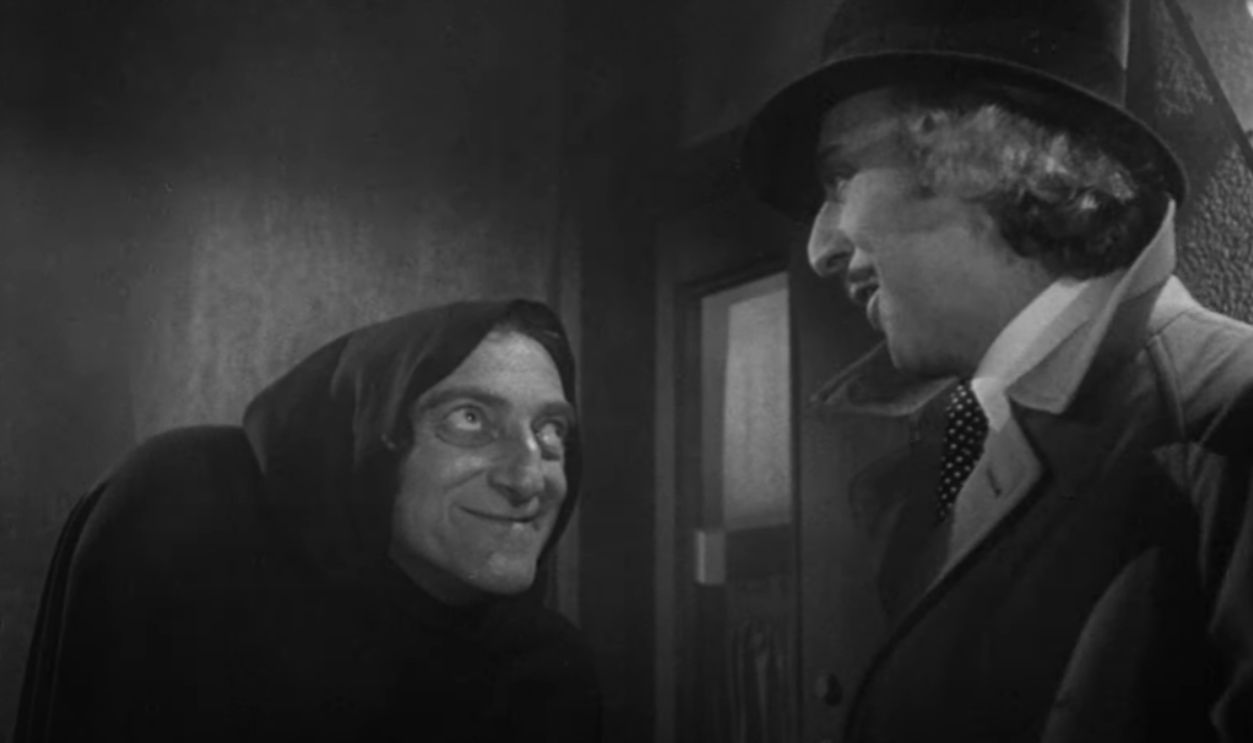 Young Frankenstein (1974) Original Trailer [FHD] by HD Retro Trailers
Young Frankenstein (1974) Original Trailer [FHD] by HD Retro Trailers
How Long Was The Original Cut Of The Film?
The original cut of Young Frankenstein was indeed over three hours long, but extensive editing reduced it to a more manageable runtime of 105 minutes. This 105-minute version has since become the definitive cut of Young Frankenstein, celebrated for its clever writing.
Who Were The Main American Actors Cast In This Period's European Setting?
So, in Young Frankenstein, most of the main cast were American actors, despite the film’s European setting in the 1800s. The film features prominent actors such as Gene Wilder (Dr. Frederick Frankenstein), Peter Boyle (the Monster), Cloris Leachman (Frau Blücher), and Teri Garr (Inga).
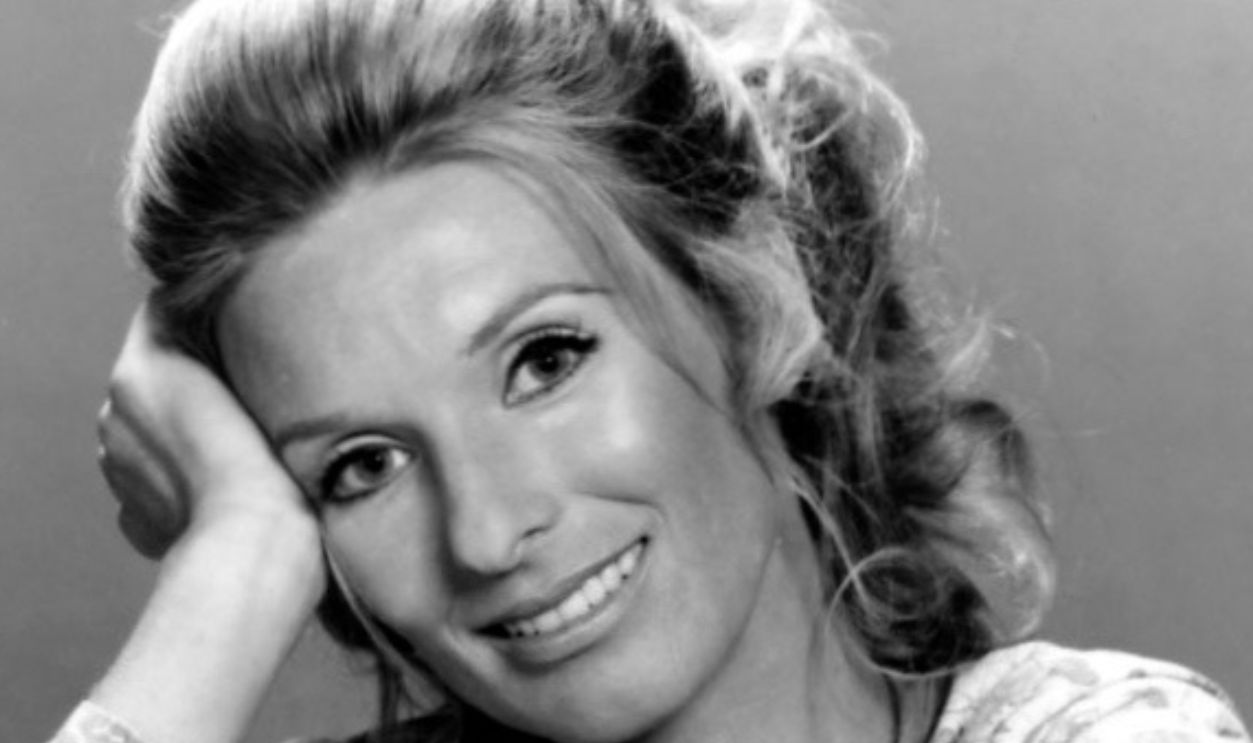 CBS Television, Wikimedia Commons
CBS Television, Wikimedia Commons
What Special Talent Did Madeline Kahn Bring To Her Role?
Madeline Kahn, who played Elizabeth, brought her musical training to the film. Kahn had a strong foundation in music as she trained in singing. She also performed on Broadway, which equipped her with the skills to deliver her musical numbers effectively.
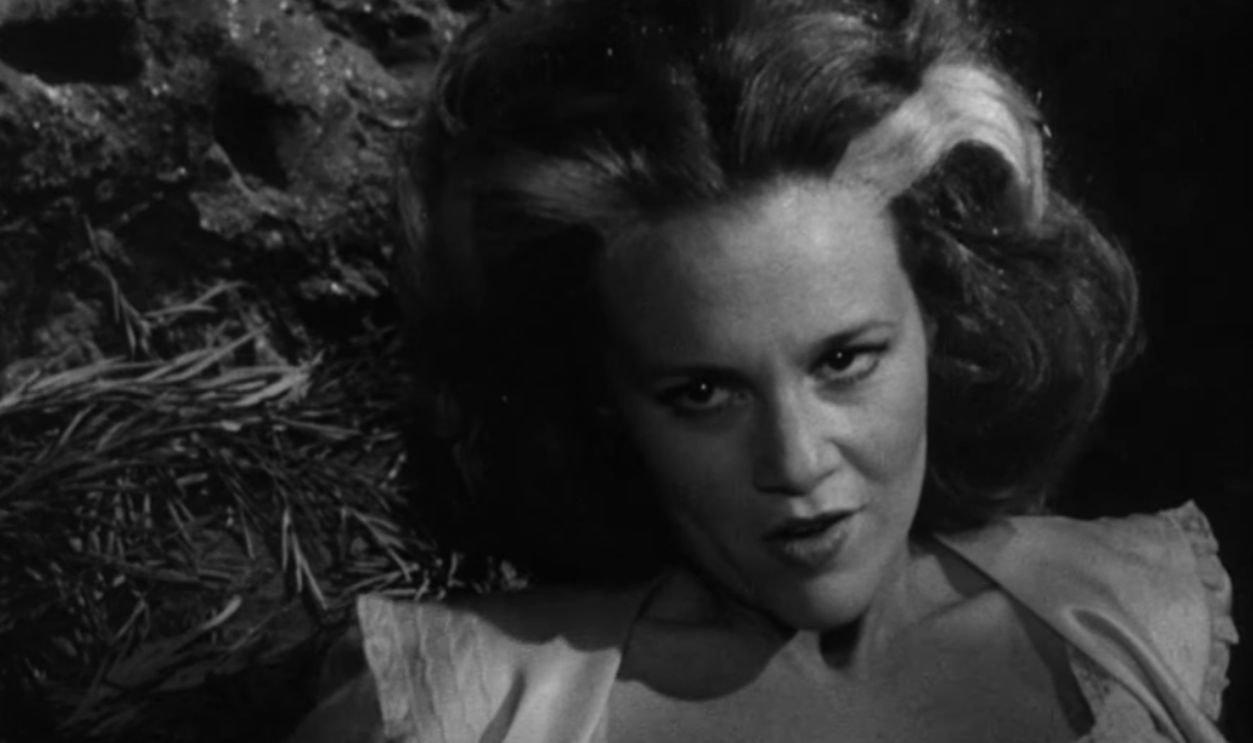 Young Frankenstein (1974) Original Trailer [FHD] by HD Retro Trailers
Young Frankenstein (1974) Original Trailer [FHD] by HD Retro Trailers
What Creative Freedom Did Brooks Give Kahn With Her Musical Numbers?
Mel Brooks allowed Kahn great creative freedom regarding her songs, particularly during her performance of “Ah, Sweet Mystery of Life”. This song is originally from the operetta Naughty Marietta by Victor Herbert, with lyrics by Rida Johnson Young.
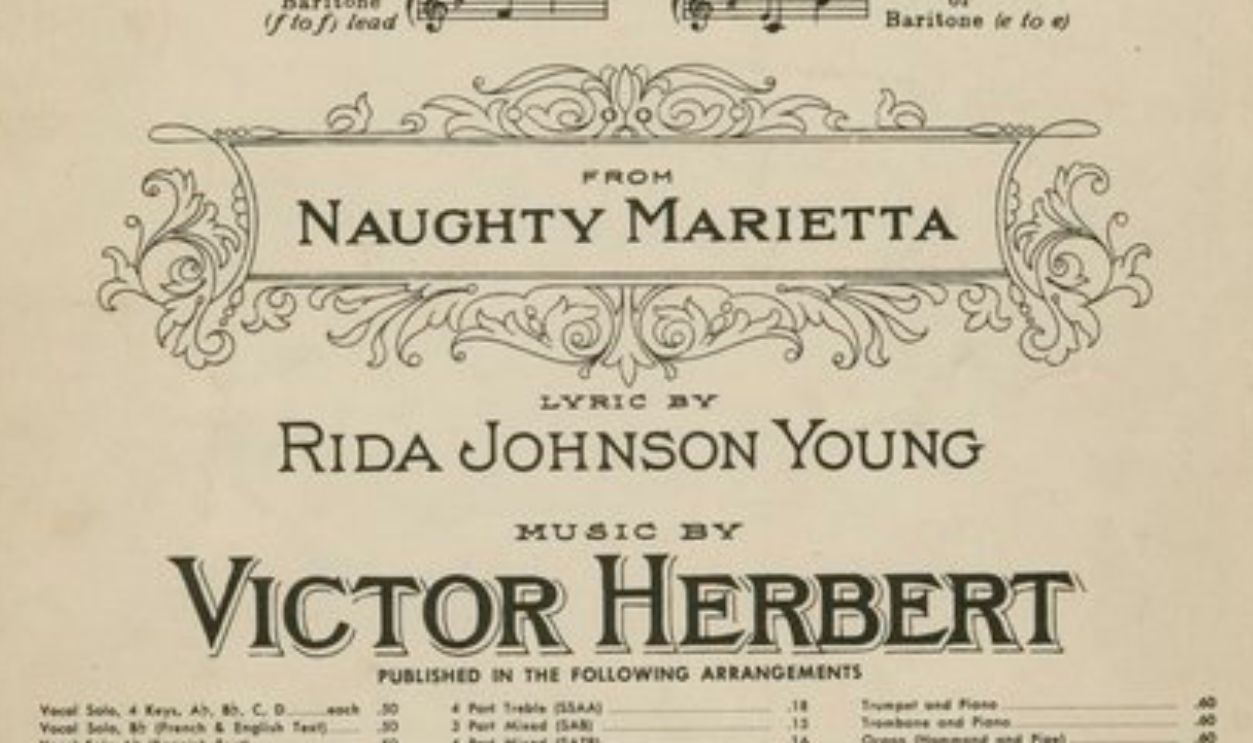 Unknown Author, Wikimedia Commons
Unknown Author, Wikimedia Commons
What Was Oscar Beregi Jr.'s Final Film Role?
Here, Beregi’s character, the Sadistic Jailor, is involved in comedic scenes contributing to the film’s dark humor. He was known for his role in The Twilight Zone. Sadly, Beregi Jr. passed away from a heart attack in 1976, two years after the release of Young Frankenstein.
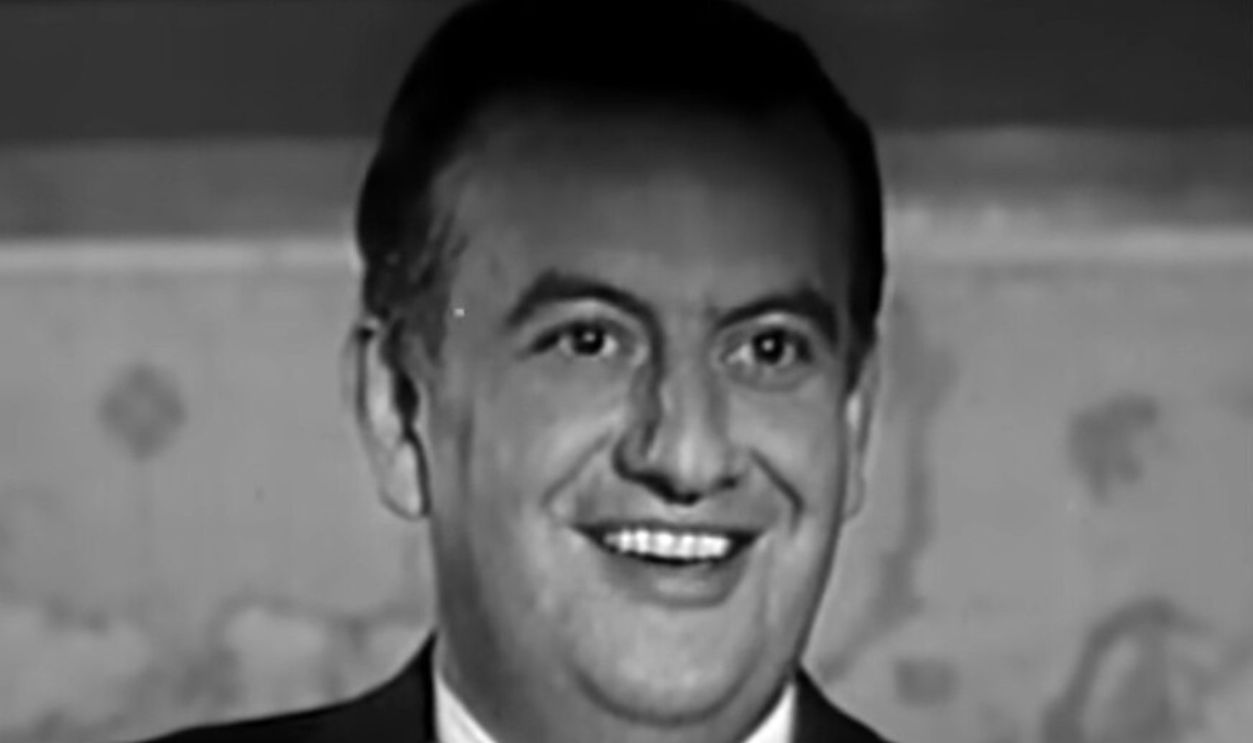 TV episode screenshot (ABC), Wikimedia Commons
TV episode screenshot (ABC), Wikimedia Commons
How Did The Film Pay Homage To Classic Horror Films?
Young Frankenstein is rich in cultural references, mainly to classic horror films and literature, especially Mary Shelley’s Frankenstein. The film gives a nod to some classic Universal horror flicks like James Whale’s Frankenstein from 1931 and Bride of Frankenstein from 1935.
How Did The Film Pay Homage To Classic Horror Films? (Cont.)
Mel Brooks and Gene Wilder dug into these movies to catch their vibe and flow, making sure that Young Frankenstein kept the spooky feel while adding a ton of laughs. Several scenes directly reference moments from the original Frankenstein narrative.
What Famous Scene From The 1931 Film Did Young Frankenstein Reference?
One example of this is when the Monster thinks about throwing a little girl into a lake. It kinda gives a shout-out to a scene from the 1931 movie, showing how misunderstood the Monster is. The film also incorporates elements from Mary Shelley’s novel beyond just its characters.
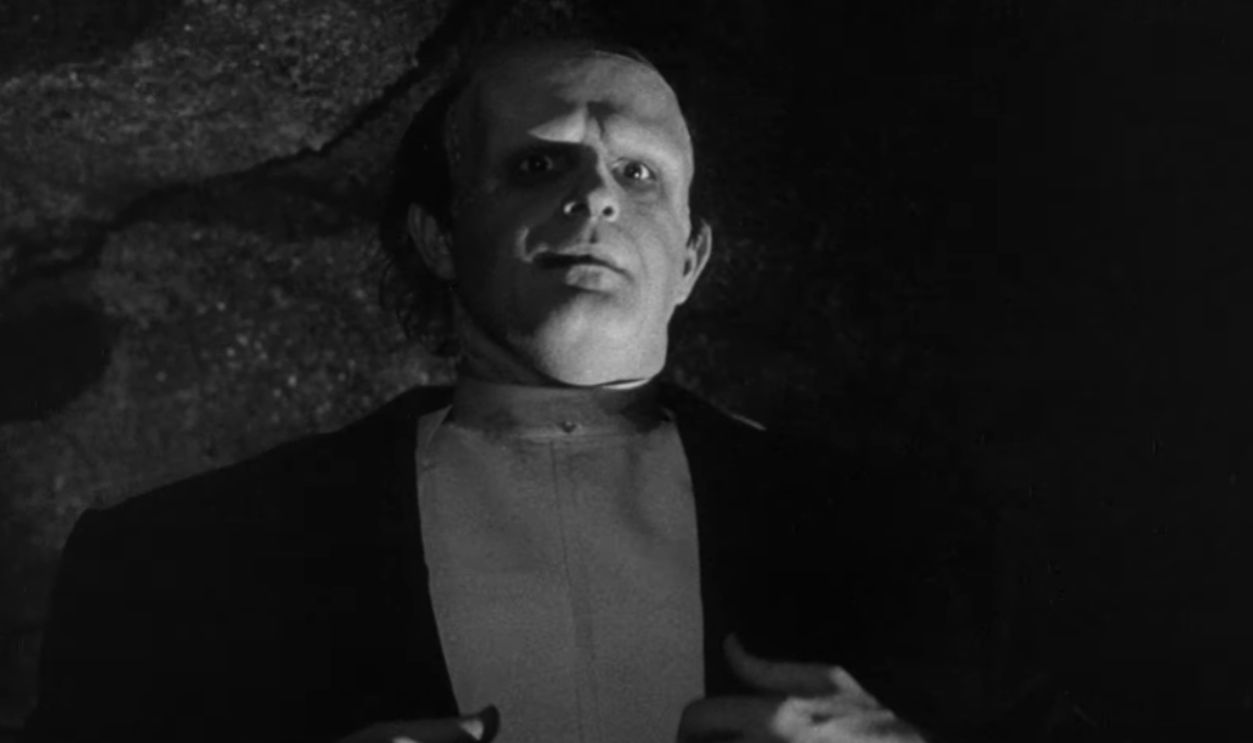 Young Frankenstein (1974) Original Trailer [FHD] by HD Retro Trailers
Young Frankenstein (1974) Original Trailer [FHD] by HD Retro Trailers
Why Does Frederick Insist On Pronouncing His Name Differently?
Apparently, in the film, Gene Wilder’s character, Dr. Frederick Frankenstein, insists on pronouncing his last name as “Fronkensteen”. By insisting on this pronunciation, Frederick attempts to separate himself from the notorious reputation of his grandfather.
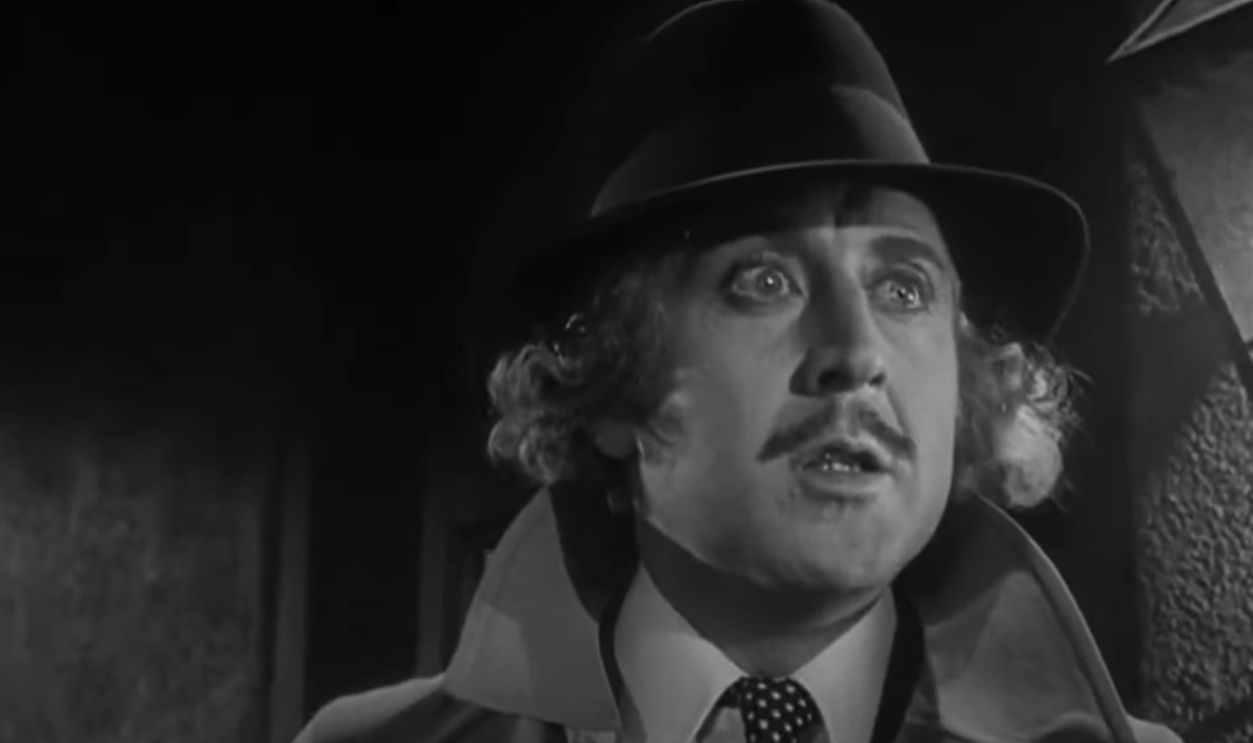 Young Frankenstein - Walk this way by The Dude Abides
Young Frankenstein - Walk this way by The Dude Abides
How Does Mel Brooks Rank This Film Among His Works?
In an interview held during his 90th birthday, the director Mel Brooks mentioned that he thinks Young Frankenstein is his best film, even though he ranks it as the third funniest, coming in after Blazing Saddles and The Producers.
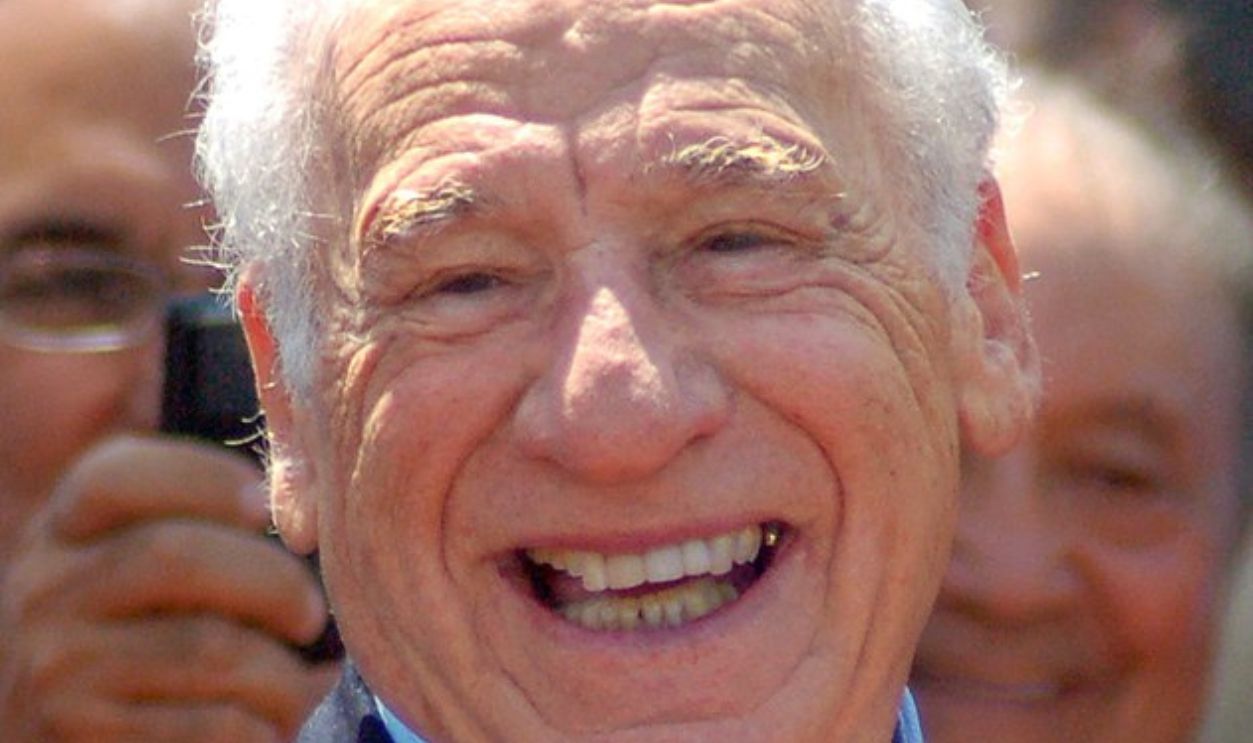 Angela George, CC BY-SA 3.0, Wikimedia Commons
Angela George, CC BY-SA 3.0, Wikimedia Commons
What's Different About Inspector Kemp's Way Of Speaking?
Mars’ thick German accent, which is hard to understand, is a funny twist on the serious police inspector stereotype found in horror movies. This choice not only lightens the mood of the film but also pokes fun at common horror clichés that Mel Brooks was trying to parody.
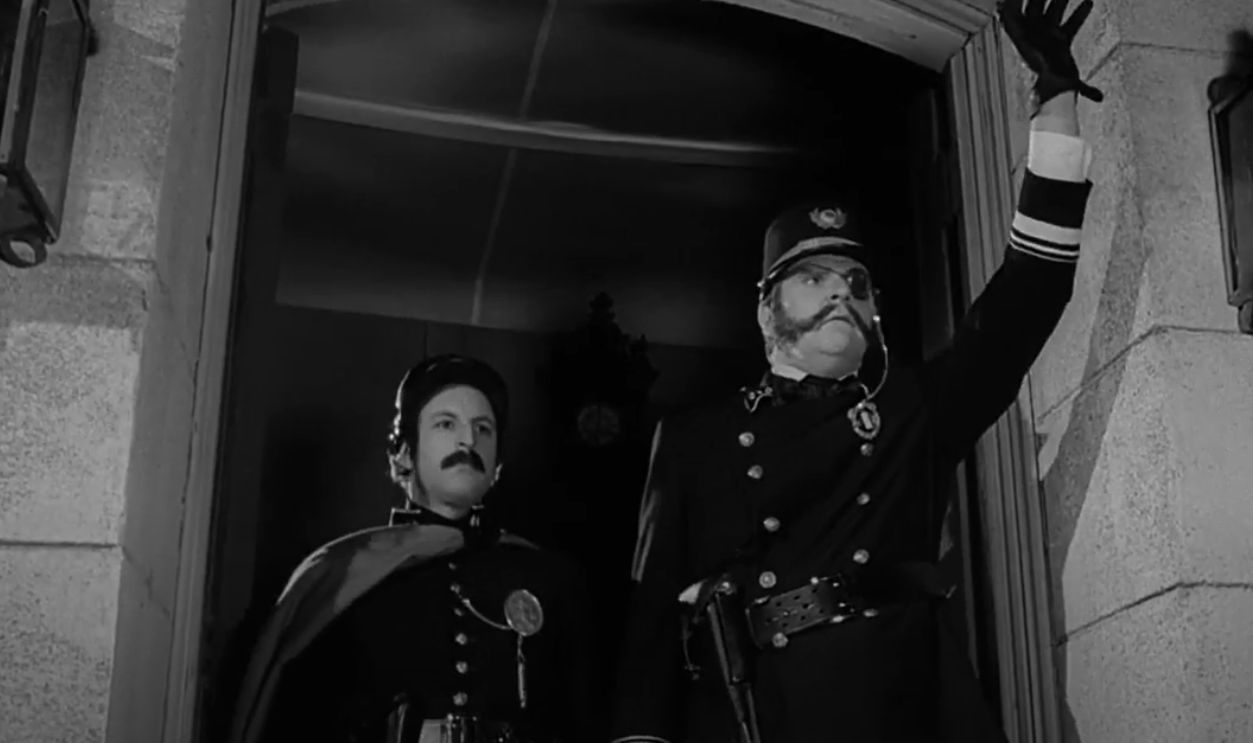 Young Frankenstein A Riot Is An Ugly Thing by William Morris
Young Frankenstein A Riot Is An Ugly Thing by William Morris
What Memorable Example Shows Inspector Kemp's Mangled Pronunciation Of English?
Here is one line that illustrates how his accent and delivery enhance the humor. Kemp miscommunicates with villagers when he says, “Vee had better confeerm de fect dat Yunk Frankenshtein iss indeed VALLOWING EEN EES GANDFADDA’S VOOTSHTAPS”.
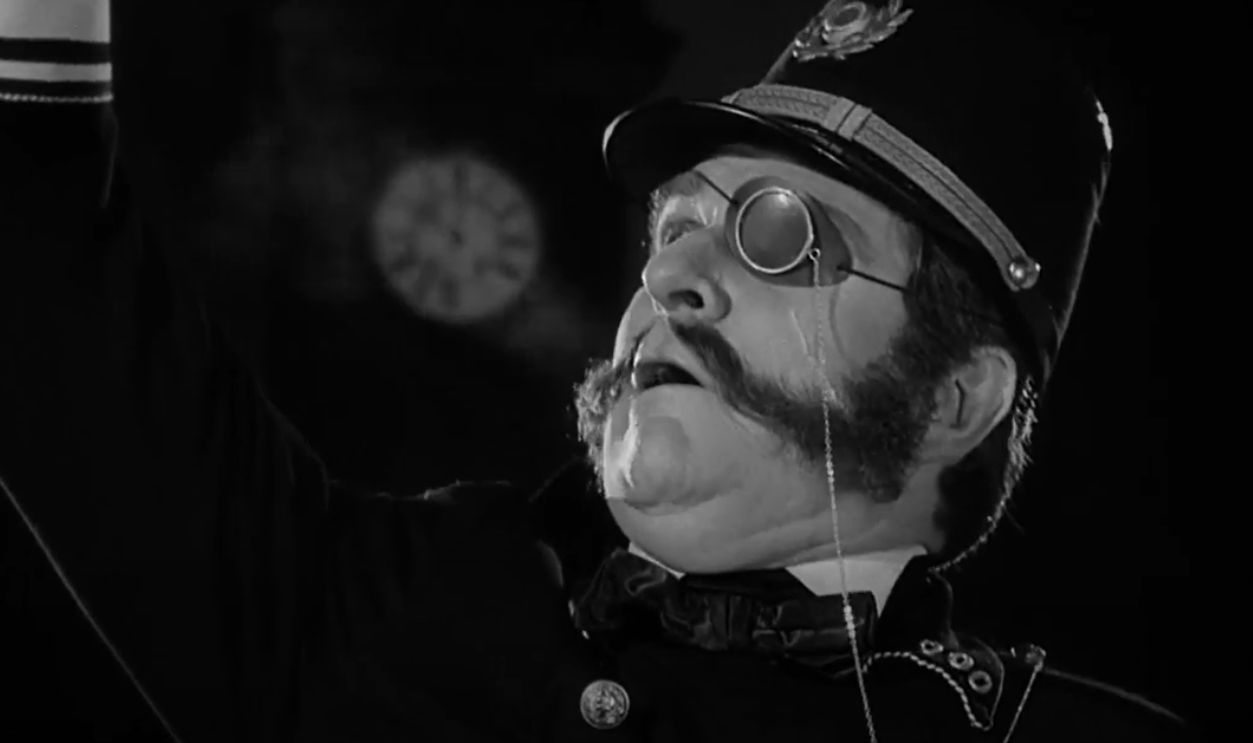 Young Frankenstein A Riot Is An Ugly Thing by William Morris
Young Frankenstein A Riot Is An Ugly Thing by William Morris
Who Designed The Film's Iconic Poster?
Famous poster artist John Alvin created the crazy poster for Young Frankenstein. It features Gene Wilder as Dr. Frederick Frankenstein, alongside Peter Boyle as the Monster and Marty Feldman as Igor. Alvin has designed posters for films like Blade Runner as well.
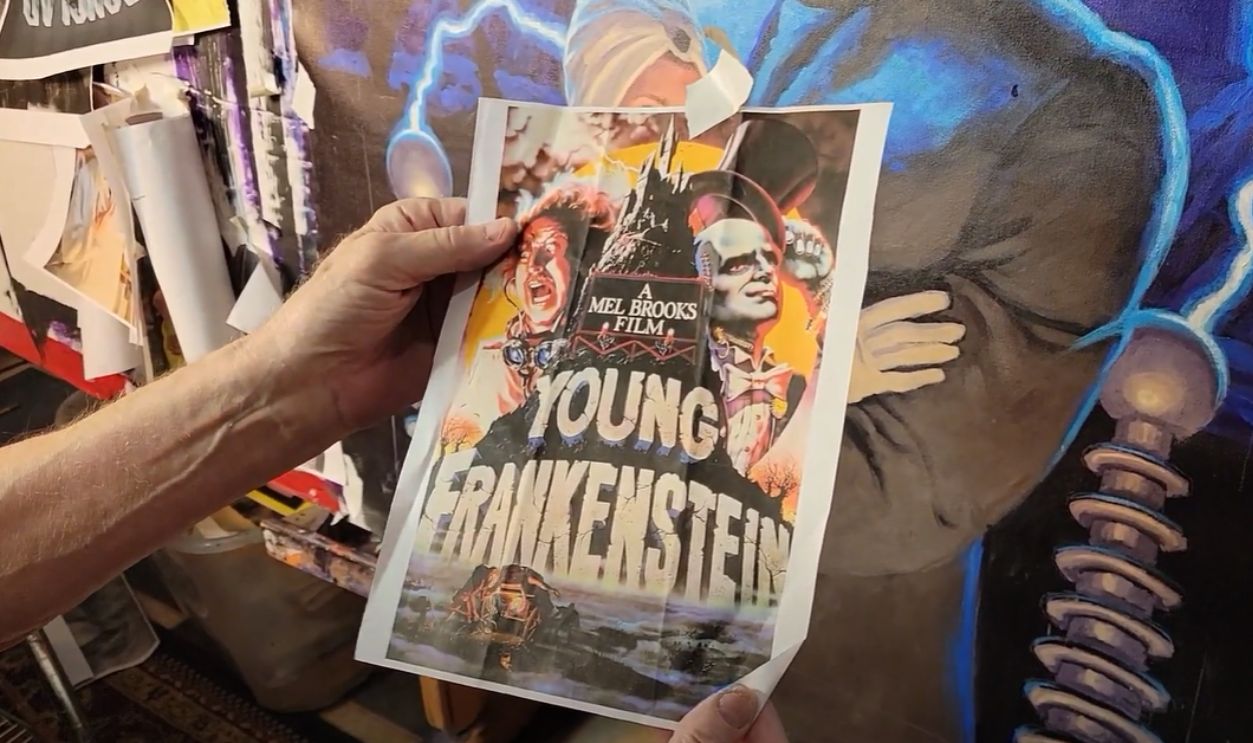 A Quick Young Frankenstein Update! by SpiderWebArt Gallery
A Quick Young Frankenstein Update! by SpiderWebArt Gallery
What Made The Laboratory Scenes Especially Authentic?
The laboratory scenes that you may have witnessed are filled with intricate props and set designs that mirror classic horror aesthetics. It is said that many of the props used here are actual items from the original 1931 Frankenstein film, designed by Kenneth Strickfaden.
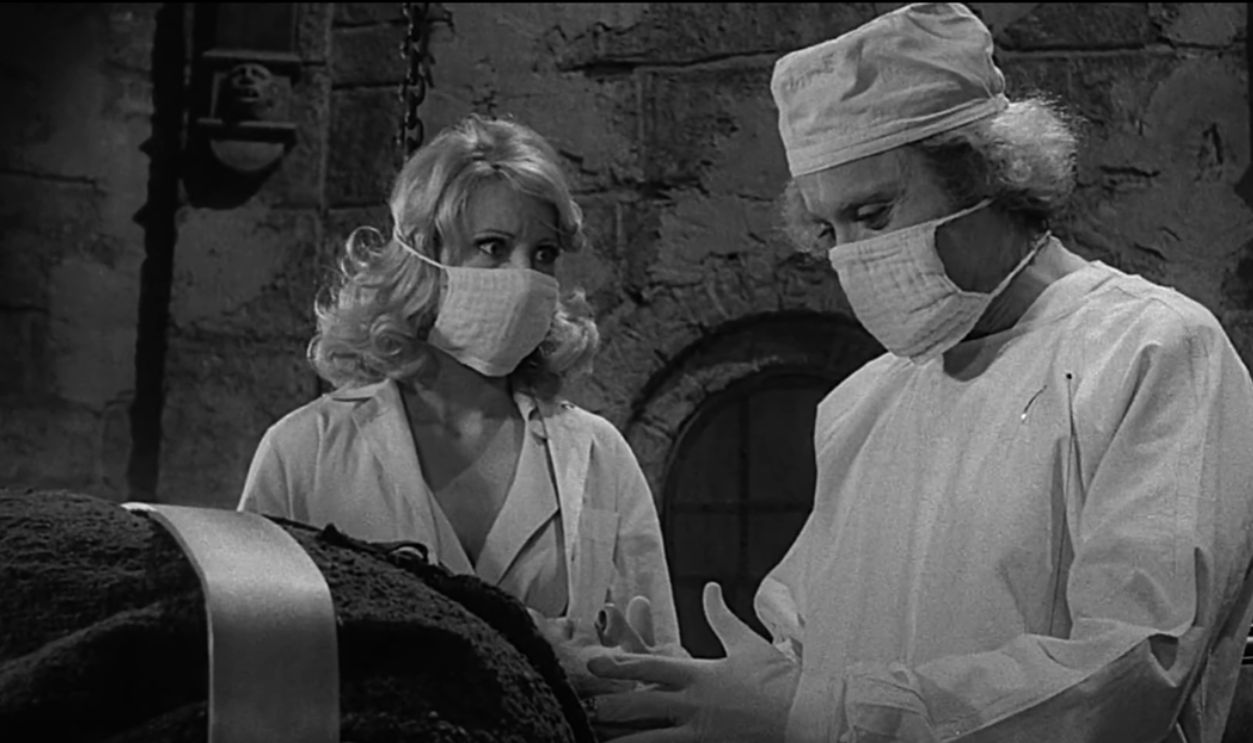 YOUNG FRANKENSTEIN Clip - " It's Alive! " (1974) Gene Wilder by JoBlo Movie Clips
YOUNG FRANKENSTEIN Clip - " It's Alive! " (1974) Gene Wilder by JoBlo Movie Clips
Where Did Brooks And Wilder Find The Original Frankenstein Laboratory Equipment?
The various machines and contraptions in Frederick’s laboratory were sourced directly from Strickfaden, who stored them in his garage. When Brooks and Wilder visited him, they found that the vintage equipment was still functional, which added to the film’s authenticity.
What Was Kenneth Strickfaden's Legacy In Film Effects?
Kenneth Strickfaden, an electronic effects pioneer, created the electrical effects used in the original Frankenstein film, and his props became recognized elements of the franchise. Strickfaden even contributed to films like Bride of Frankenstein and The Wizard of Oz.
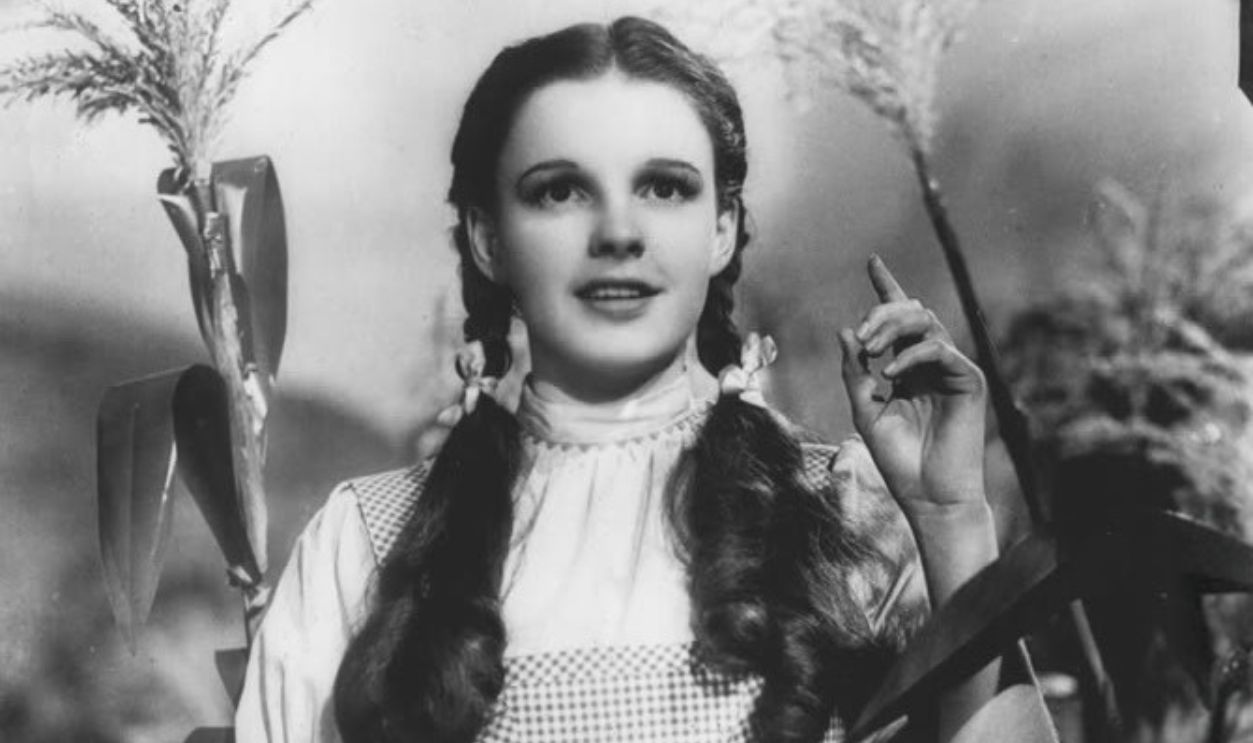 CBS Television Network., Wikimedia Commons
CBS Television Network., Wikimedia Commons
Where Was The Film Shot?
A major part of the film was shot at Stage 4 and Stage 10 of 20th Century Fox Studios in Century City, Los Angeles. These soundstages were used to create many of the interior scenes, including Frederick’s laboratory and other key settings.
 Coolcaesar, CC BY-SA 4.0, Wikimedia Commons
Coolcaesar, CC BY-SA 4.0, Wikimedia Commons
Where Was The Famous "Putting On The Ritz" Dance Scene Filmed?
The iconic “Putting on the Ritz” scene featuring the Monster dancing was filmed at the Mayfair Theatre, located at 214 Santa Monica Boulevard in Santa Monica, California. Although the theater itself no longer exists, its facade remains as part of a new building.
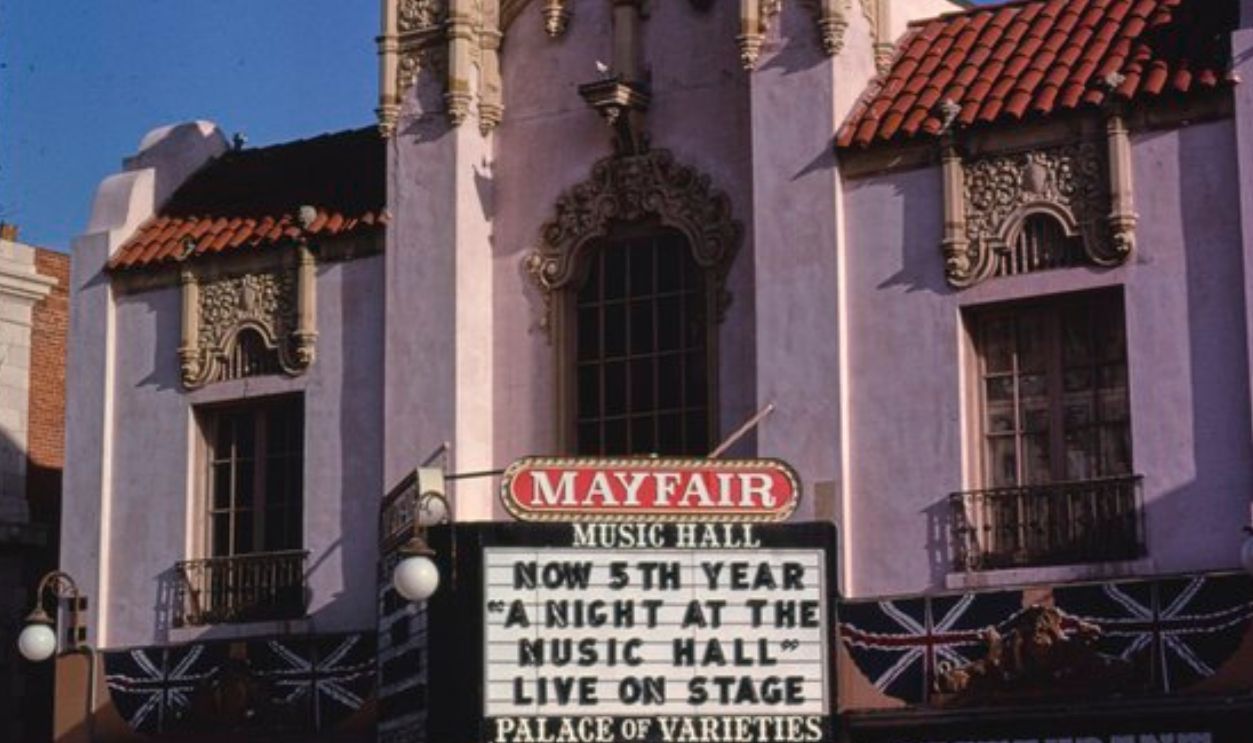 John Margolies, Wikimedia Commons
John Margolies, Wikimedia Commons
How Does The Film Connect To Mary Shelley's Original Work?
The film is a parody of Mary Shelley’s seminal novel of the same title. Her work was influenced by contemporary scientific debates, particularly around galvanism—the idea that electricity could animate lifeless bodies, which she witnessed during her time.
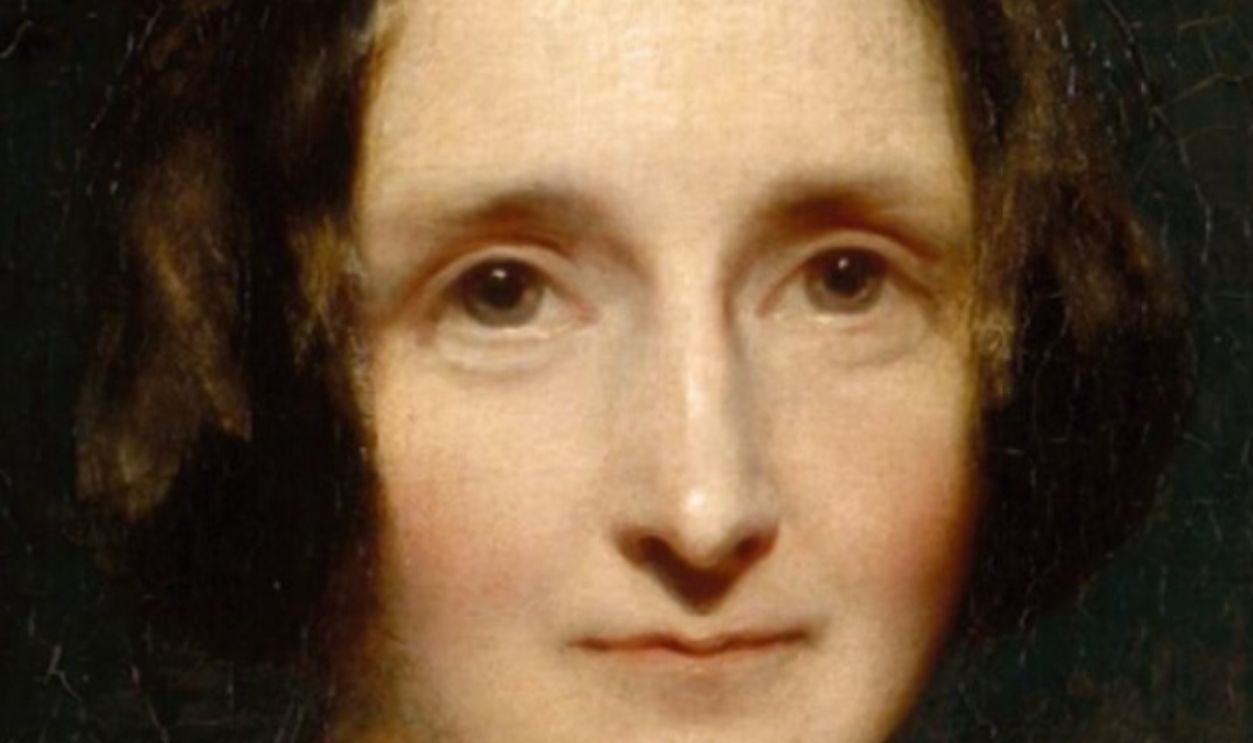 Richard Rothwell, Wikimedia Commons
Richard Rothwell, Wikimedia Commons
How Does The Film Connect To Mary Shelley's Original Work? (Cont.)
The practice of galvanism is a central theme in both Shelley’s novel and Young Frankenstein. Additionally, Victor’s character is often titled the “modern Prometheus”, a name that underscores his role as a creator who defies natural boundaries.
What Recent Film Festival Celebrated The Movie?
The film was part of the 47th Denver Film Festival, which celebrated its 50th anniversary with a special family screening. Reportedly, a 50th Anniversary screening of Young Frankenstein took place at the Egyptian Theatre during the Netflix Is A Joke Fest in May 2024.
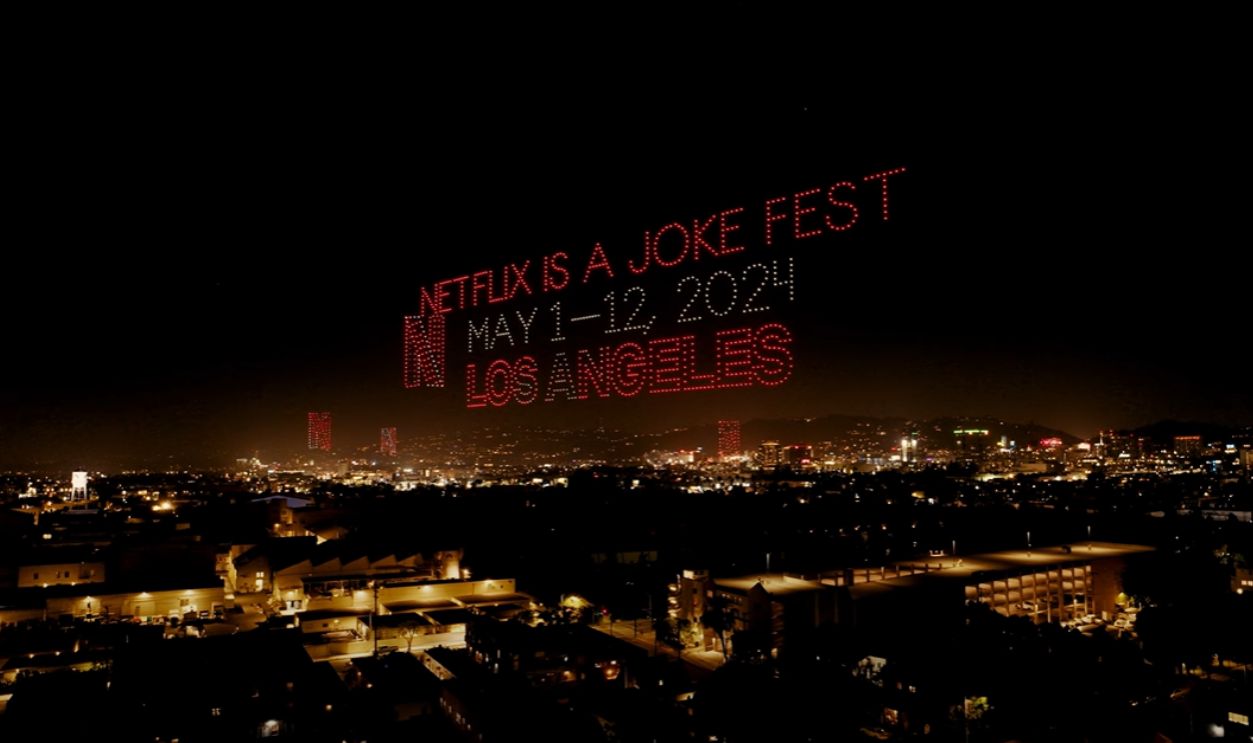 Netflix Is A Joke Fest 2024 Opening Drone Show by Netflix Is A Joke
Netflix Is A Joke Fest 2024 Opening Drone Show by Netflix Is A Joke
What Awards And Recognition Has The Film Received?
As deserved, this movie received two Academy Award nominations in 1975 for Best Adapted Screenplay (Mel Brooks and Gene Wilder) and Best Sound. Then, in 1975, Young Frankenstein won the Hugo Award for Best Dramatic Presentation.
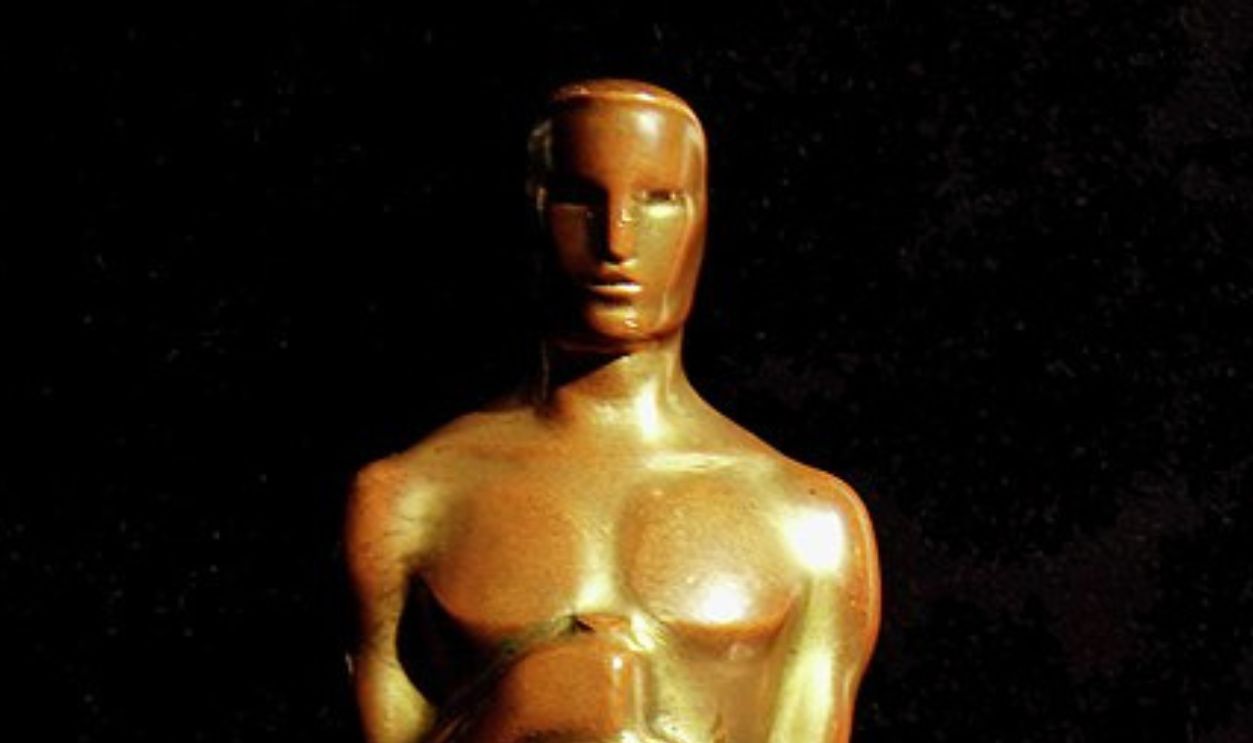 Academy of Motion Picture Arts and Sciences, Wikimedia Commons
Academy of Motion Picture Arts and Sciences, Wikimedia Commons
What Awards And Recognition Has The Film Received? (Cont.)
That’s not all, in 2003, it was chosen for conservation in the Library of Congress National Film Registry, being deemed “culturally, historically or aesthetically significant”. It is also included in the American Film Institute’s list of the 100 funniest American movies, ranking #13.
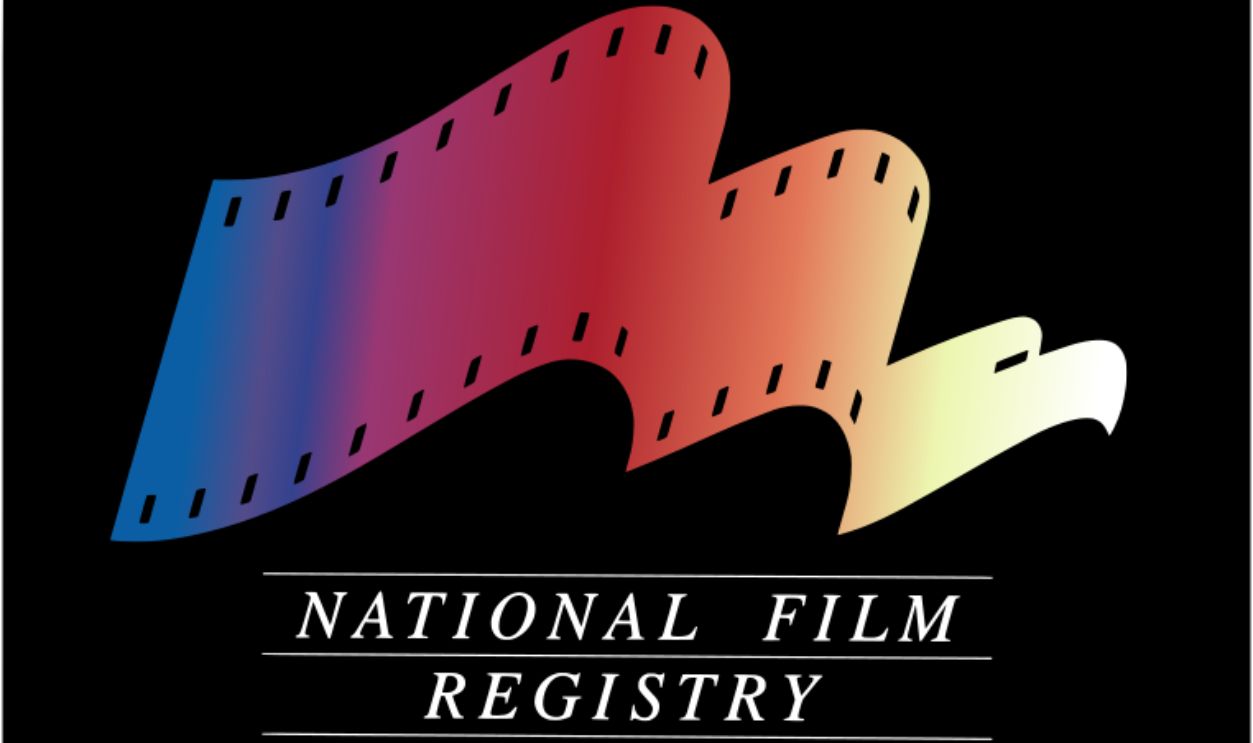 Library of Congress, Wikimedia Commons
Library of Congress, Wikimedia Commons
What Kind Of Merchandise Has The Film Inspired?
After becoming popular, Young Frankenstein has led to all kinds of cool merchandise that pays tribute to its legacy. For example, platforms like Redbubble and TeePublic feature designs of moments and phrases reading “What hump”? and “It’s alive”! on their clothes.
How Do Critics Rate The Film?
On Rotten Tomatoes, this film holds a whopping 4.4 out of 5 rating. The critic consensus reads that the film, which is “made with obvious affection for the original, Young Frankenstein, is a riotously silly spoof featuring a fantastic performance by Gene Wilder”.

